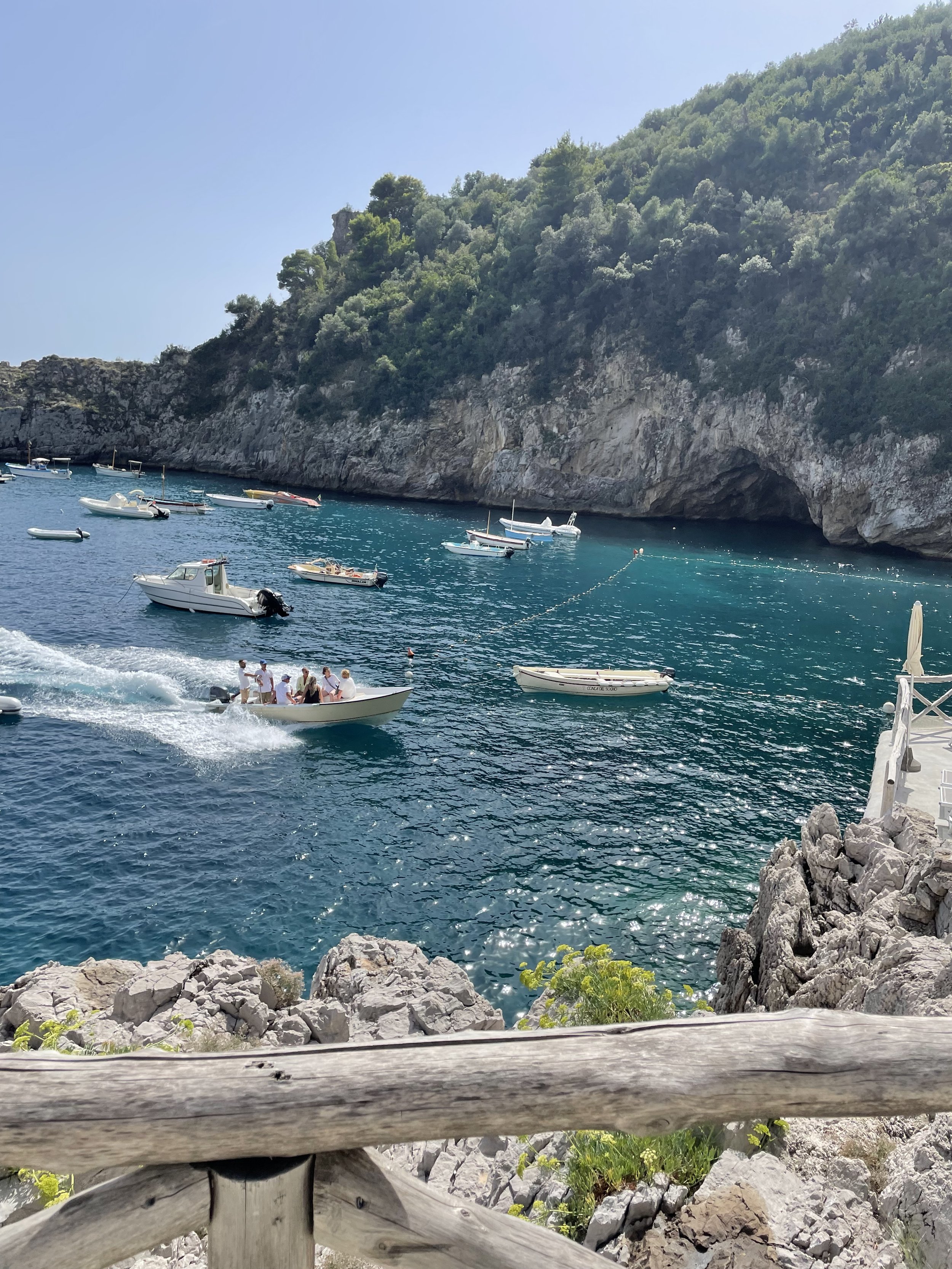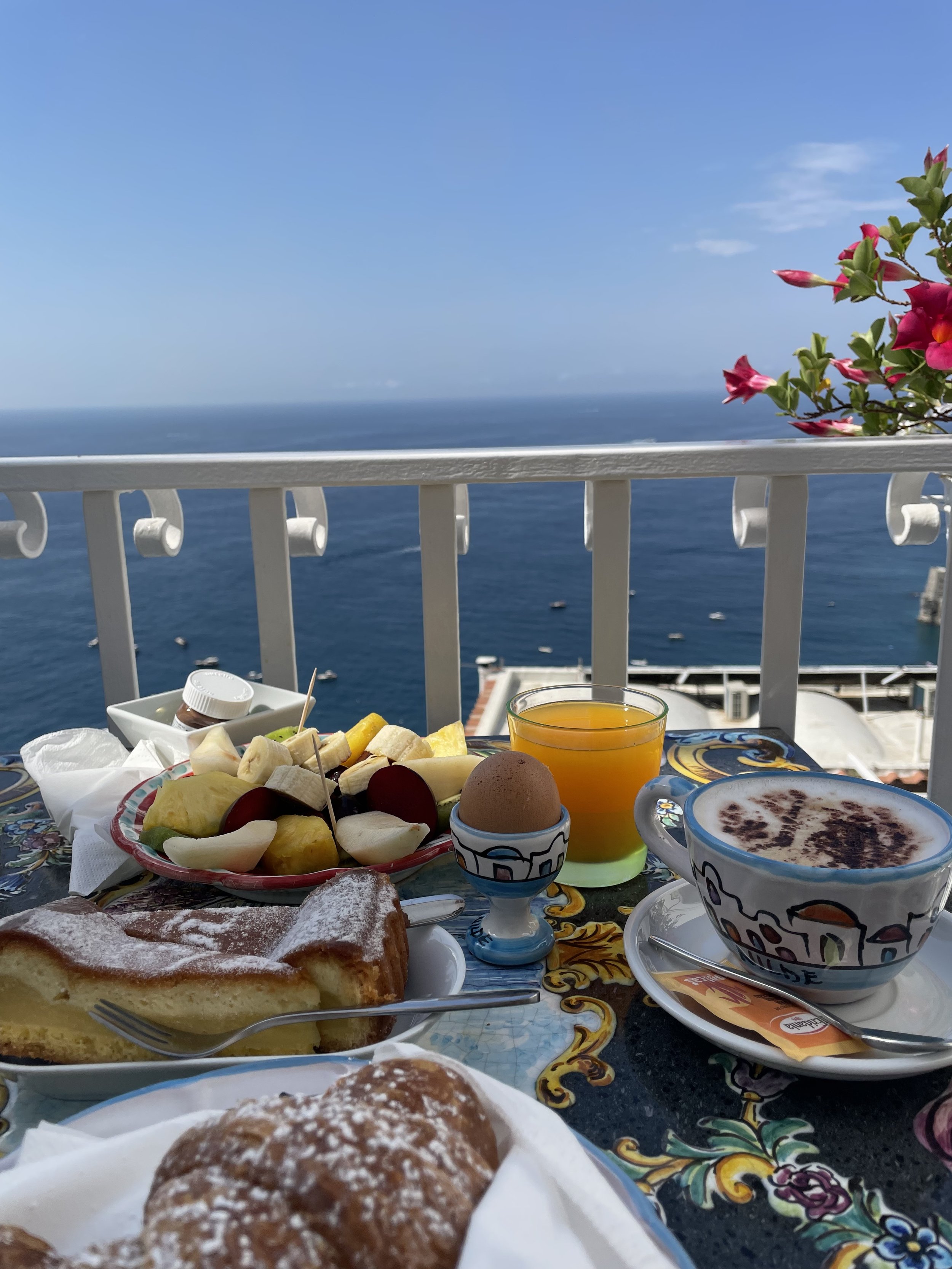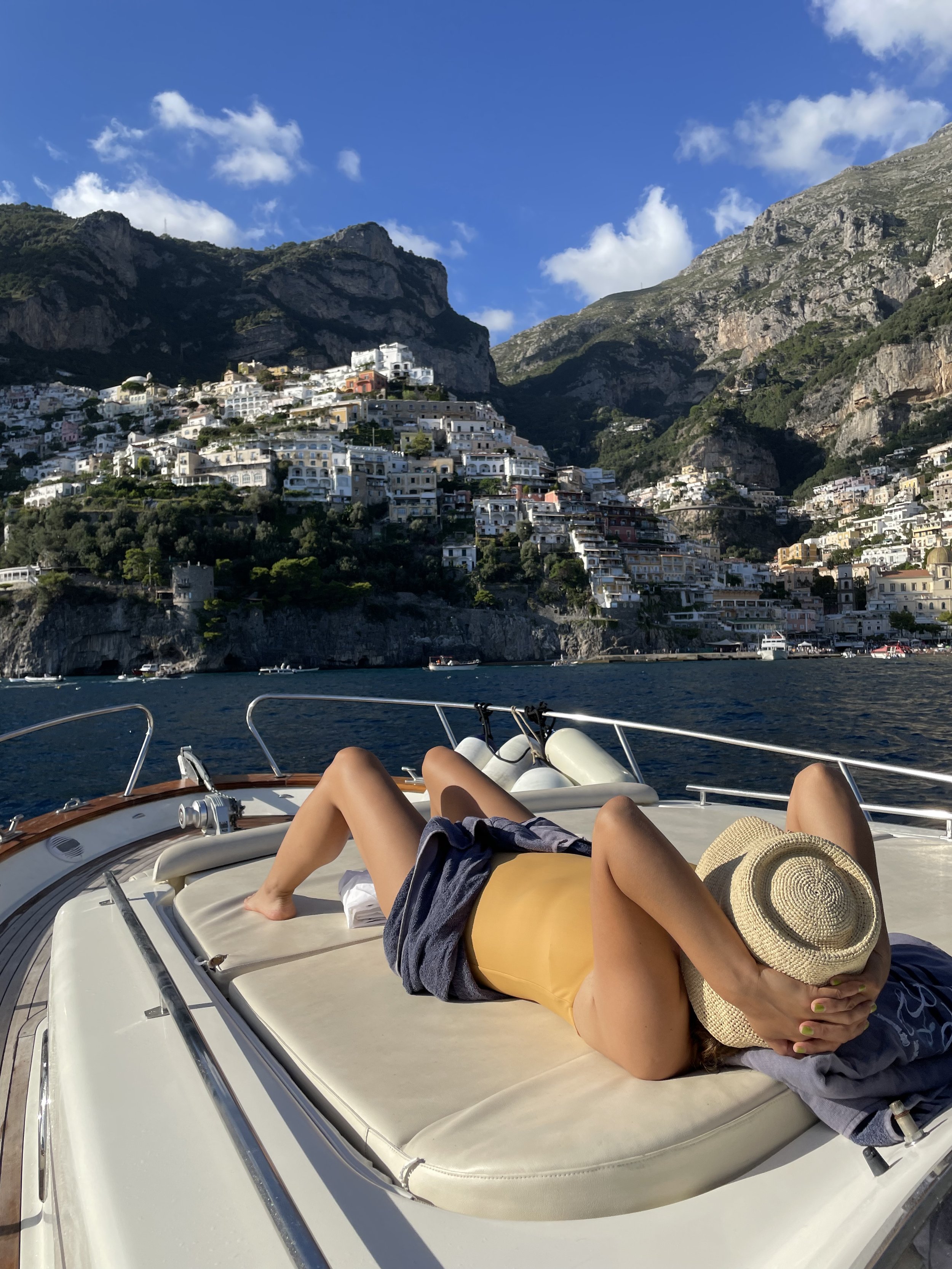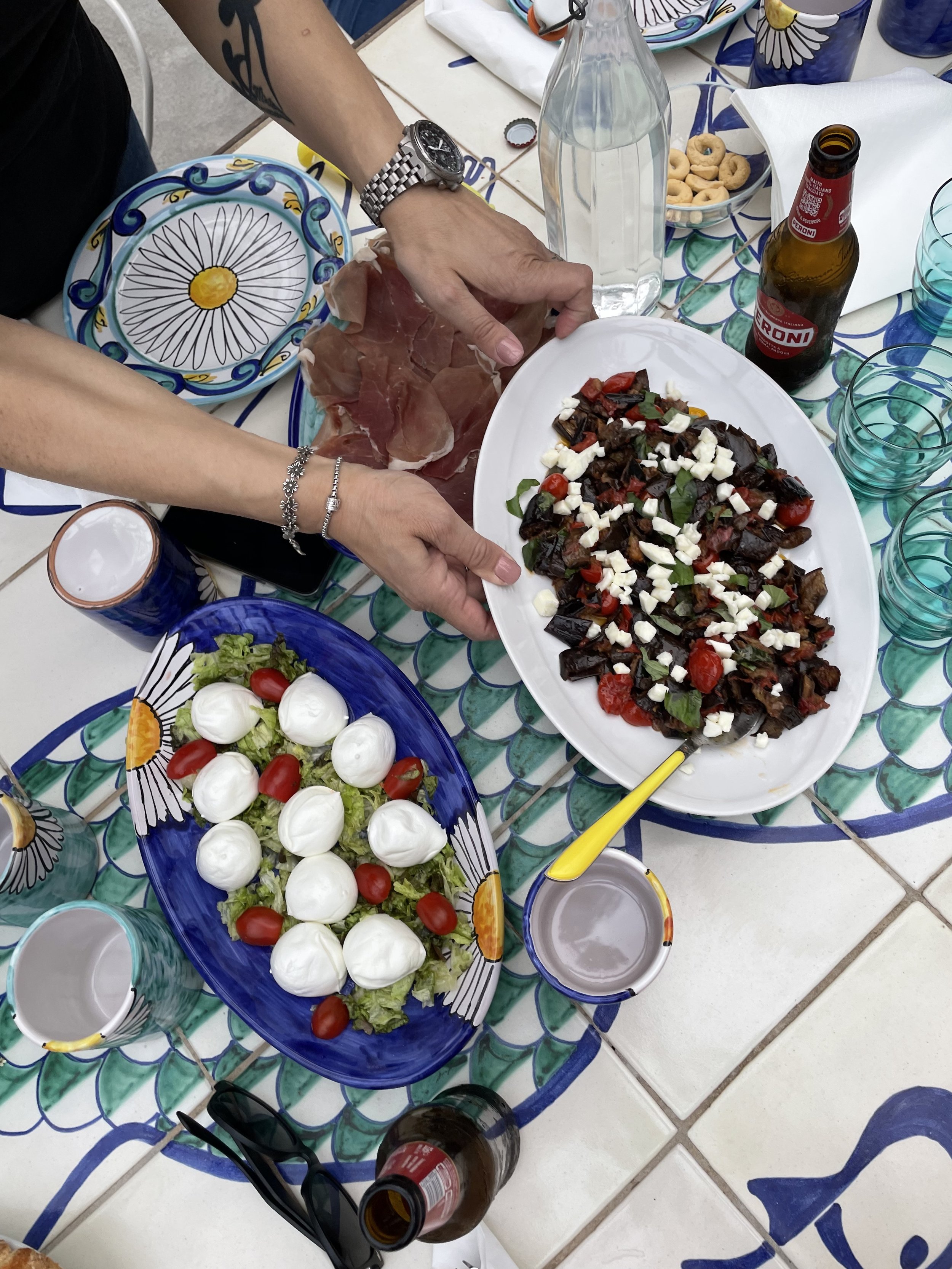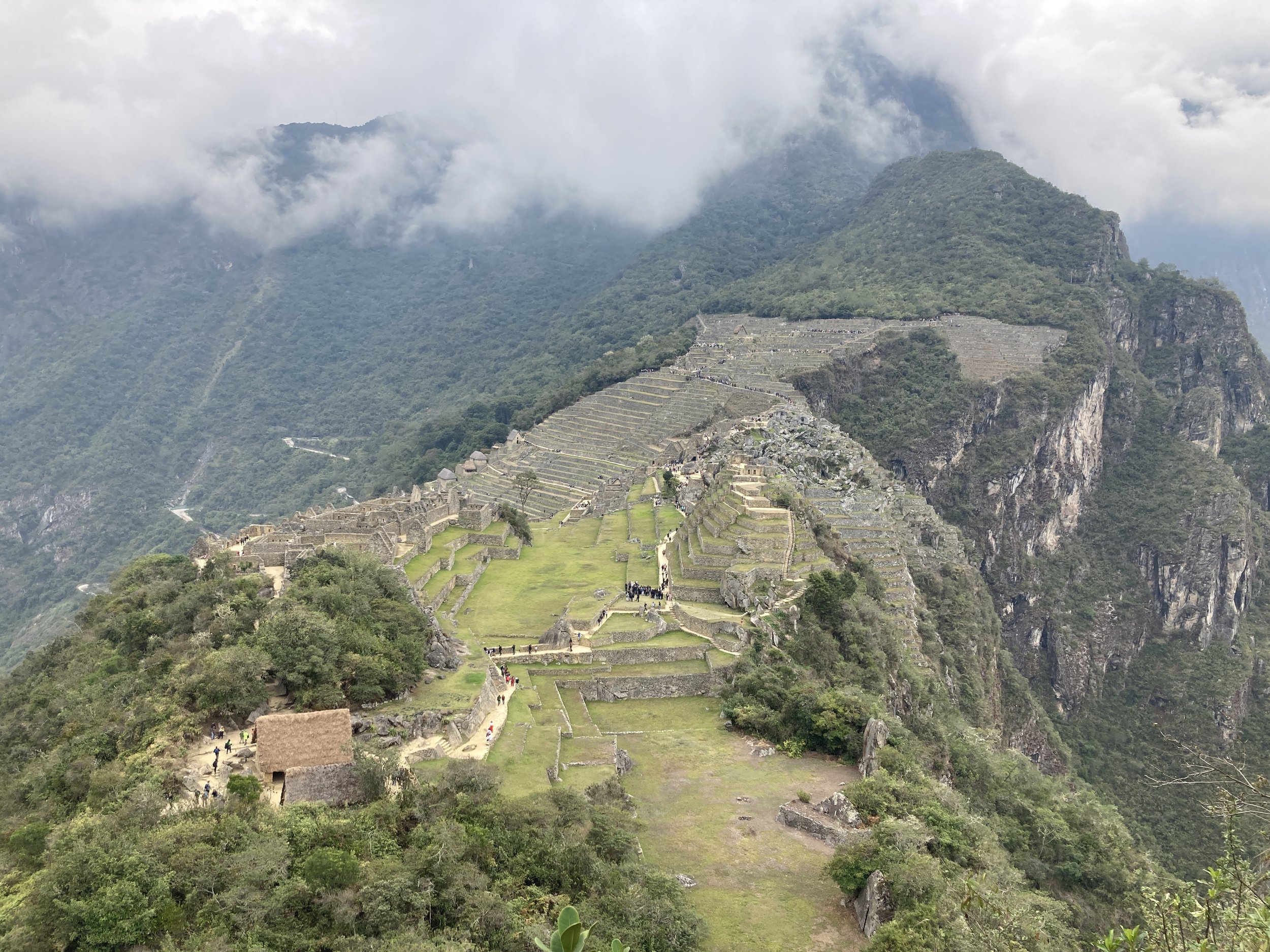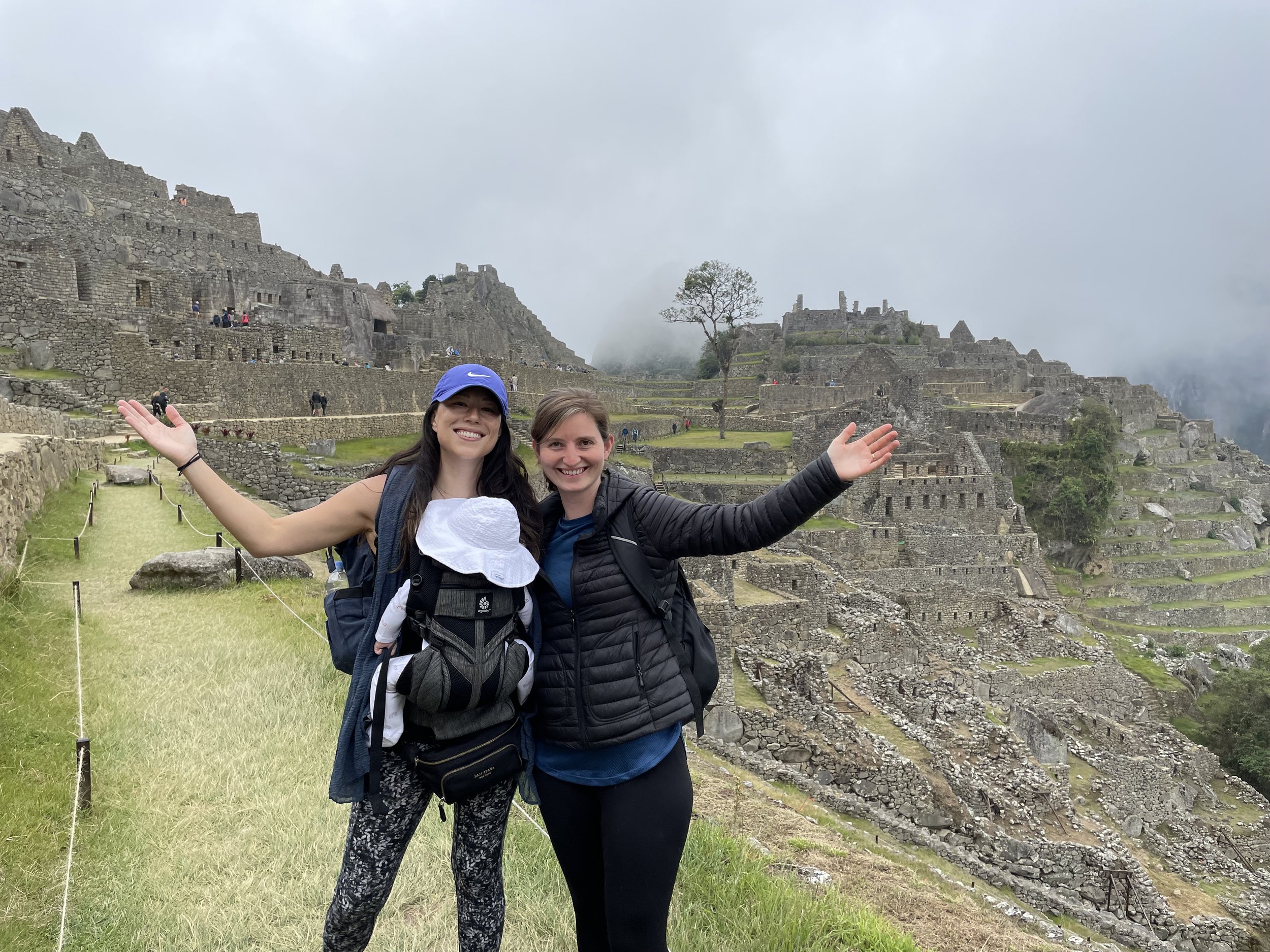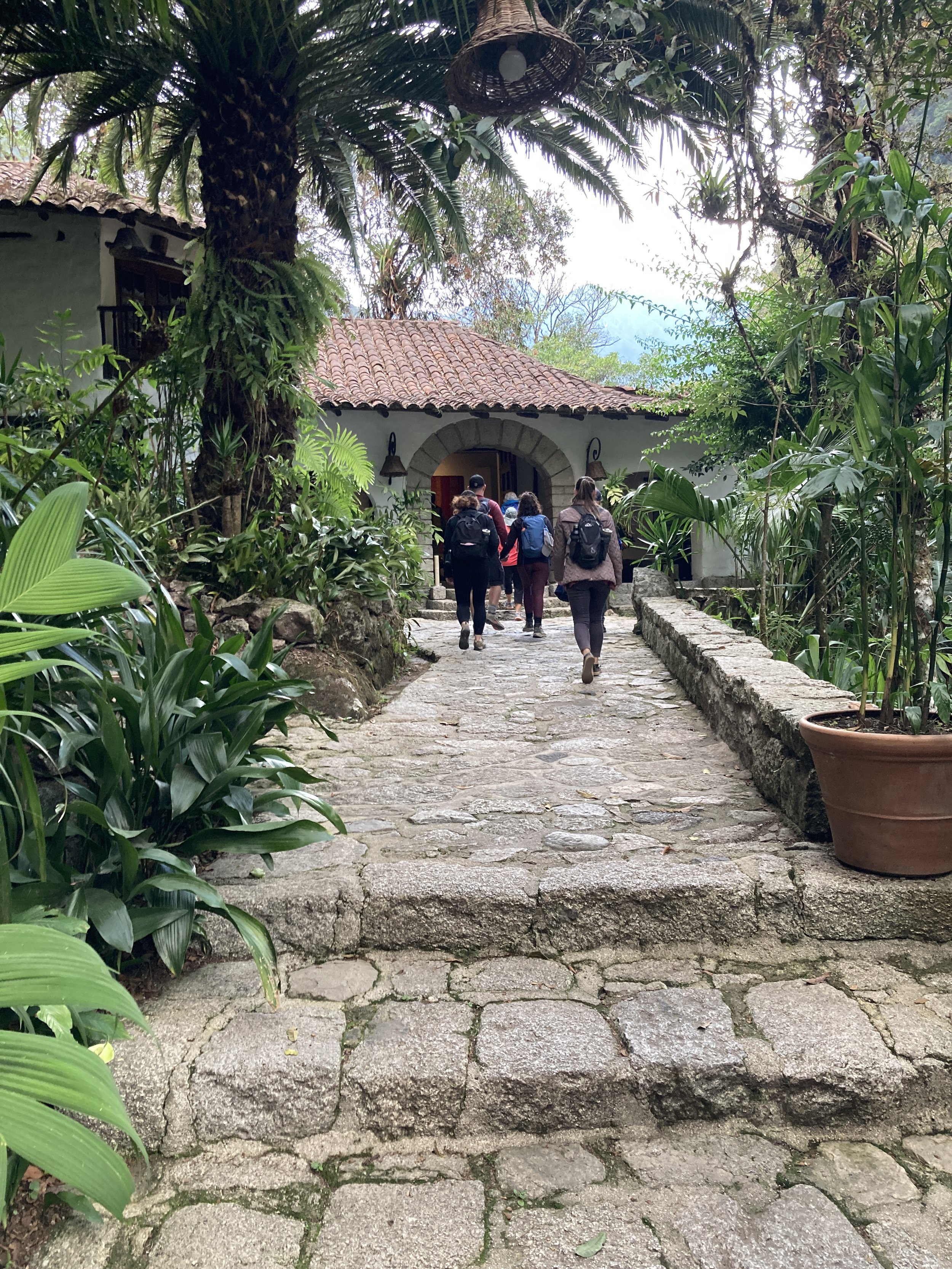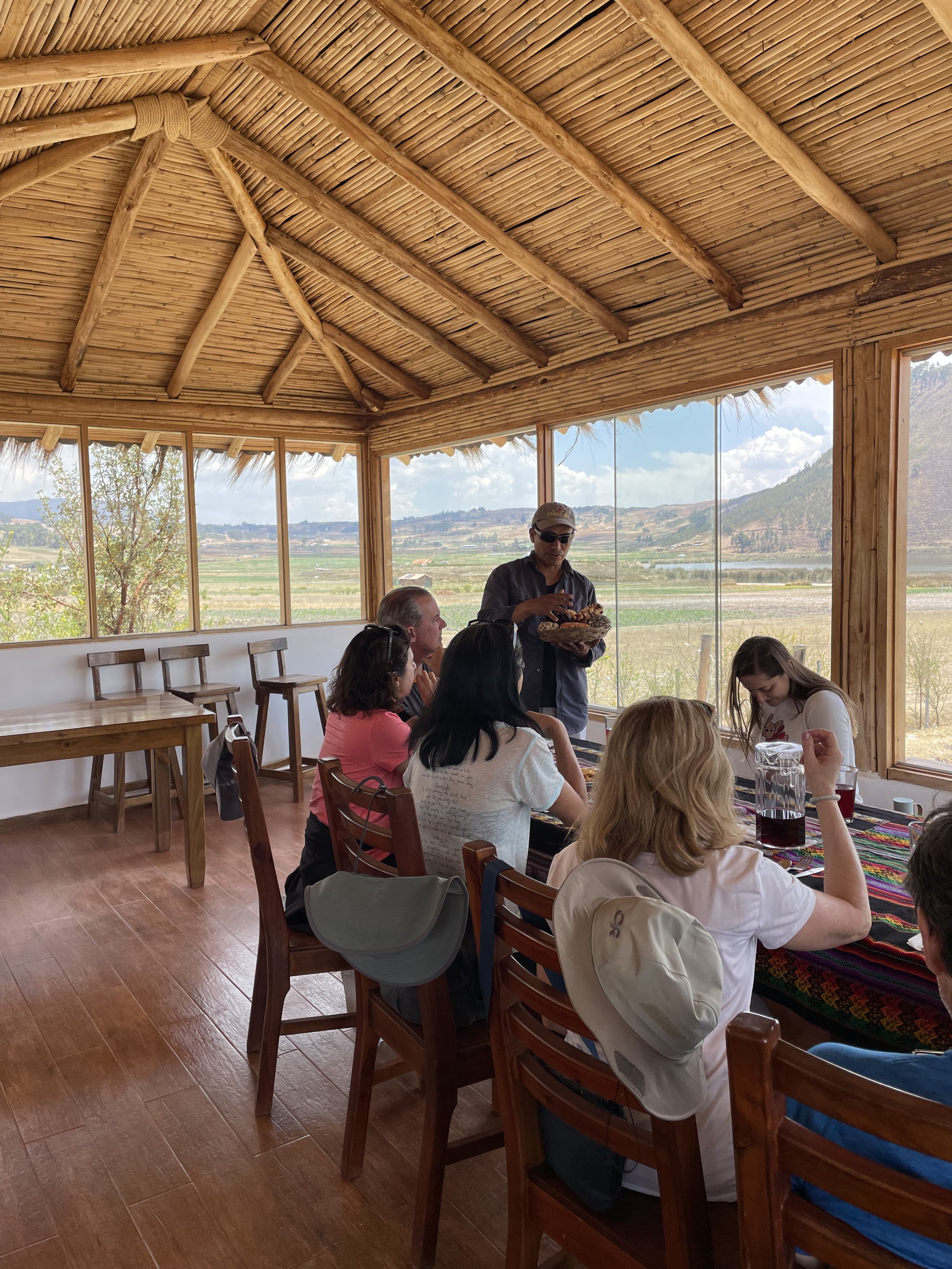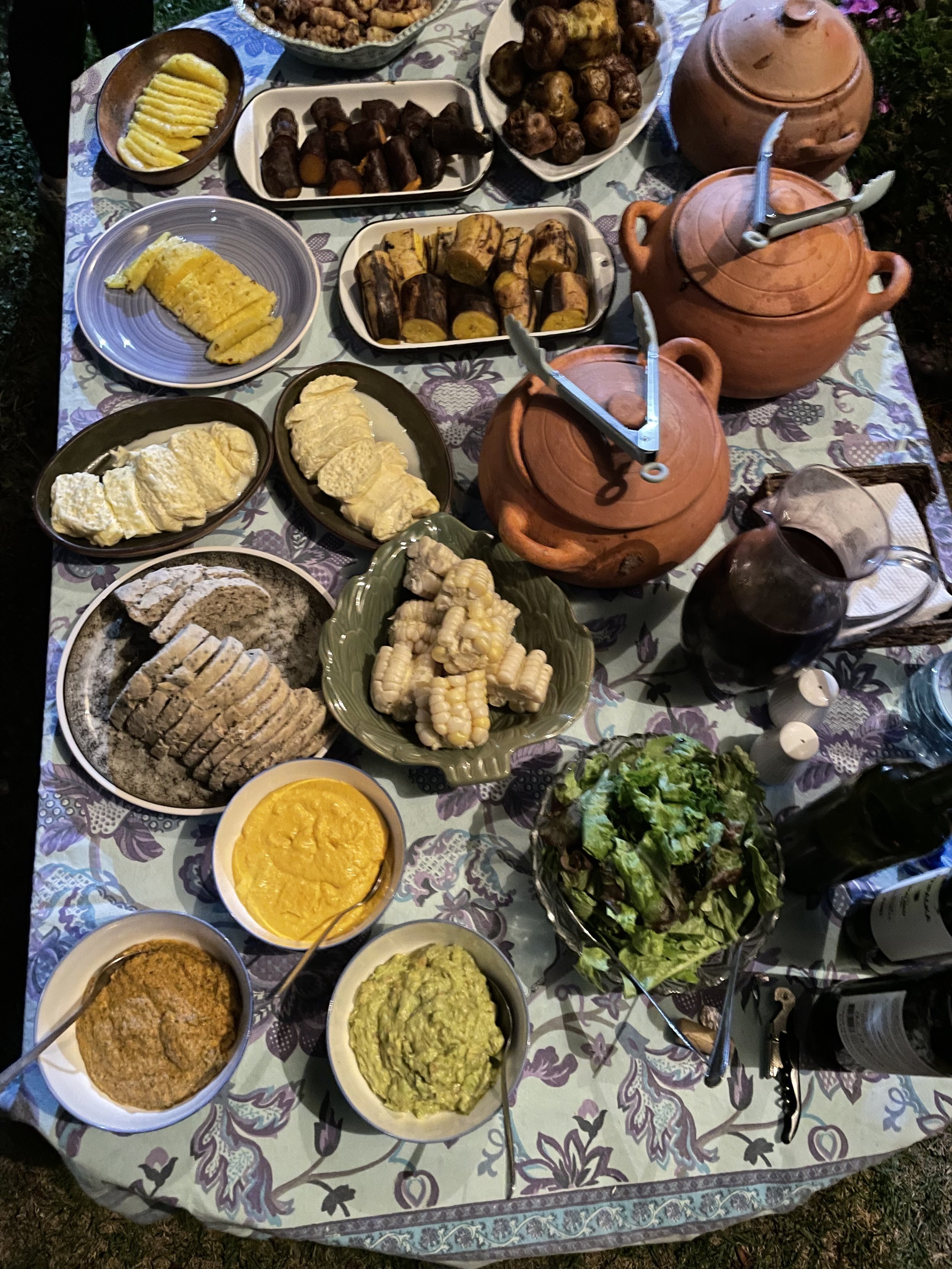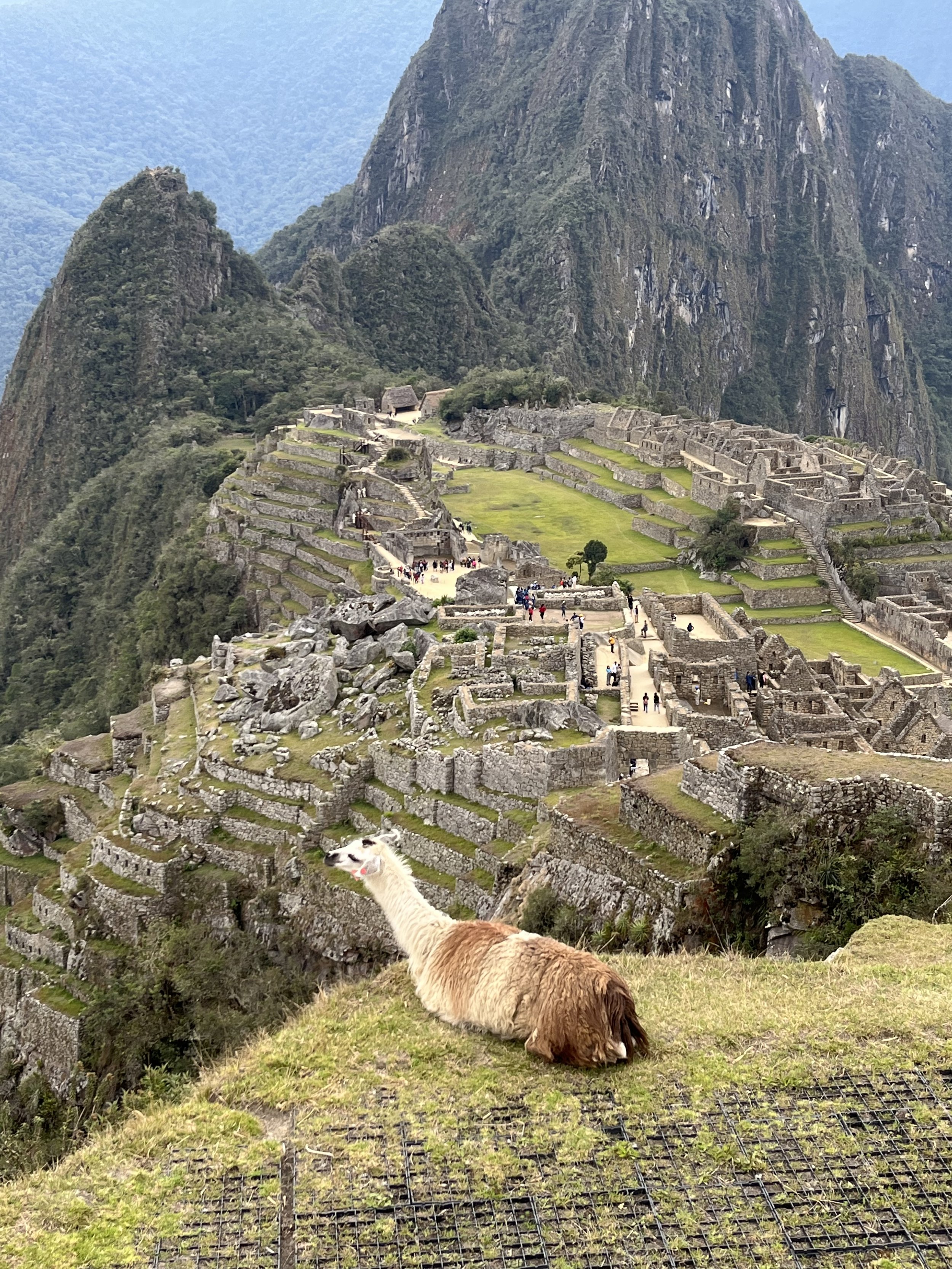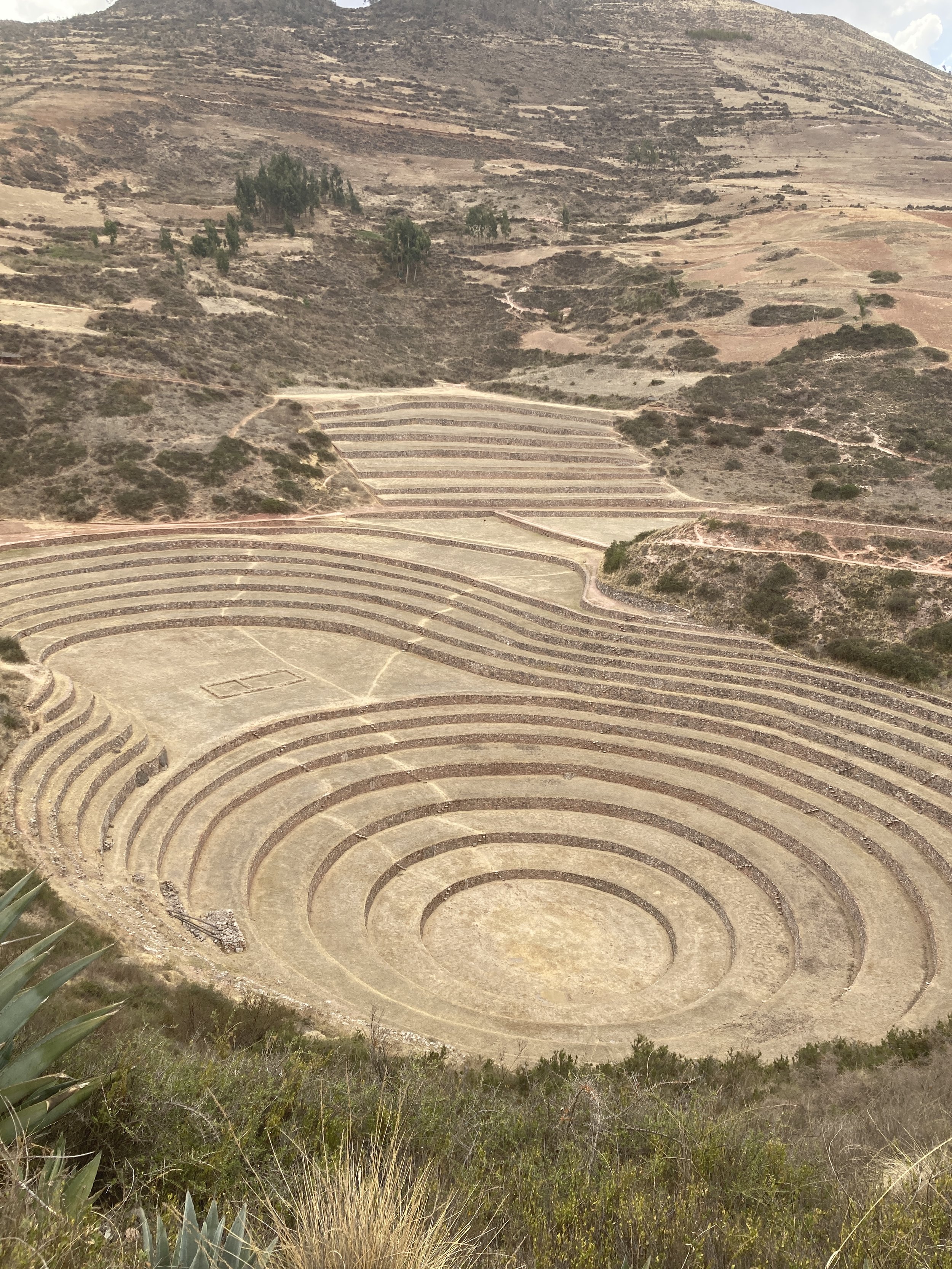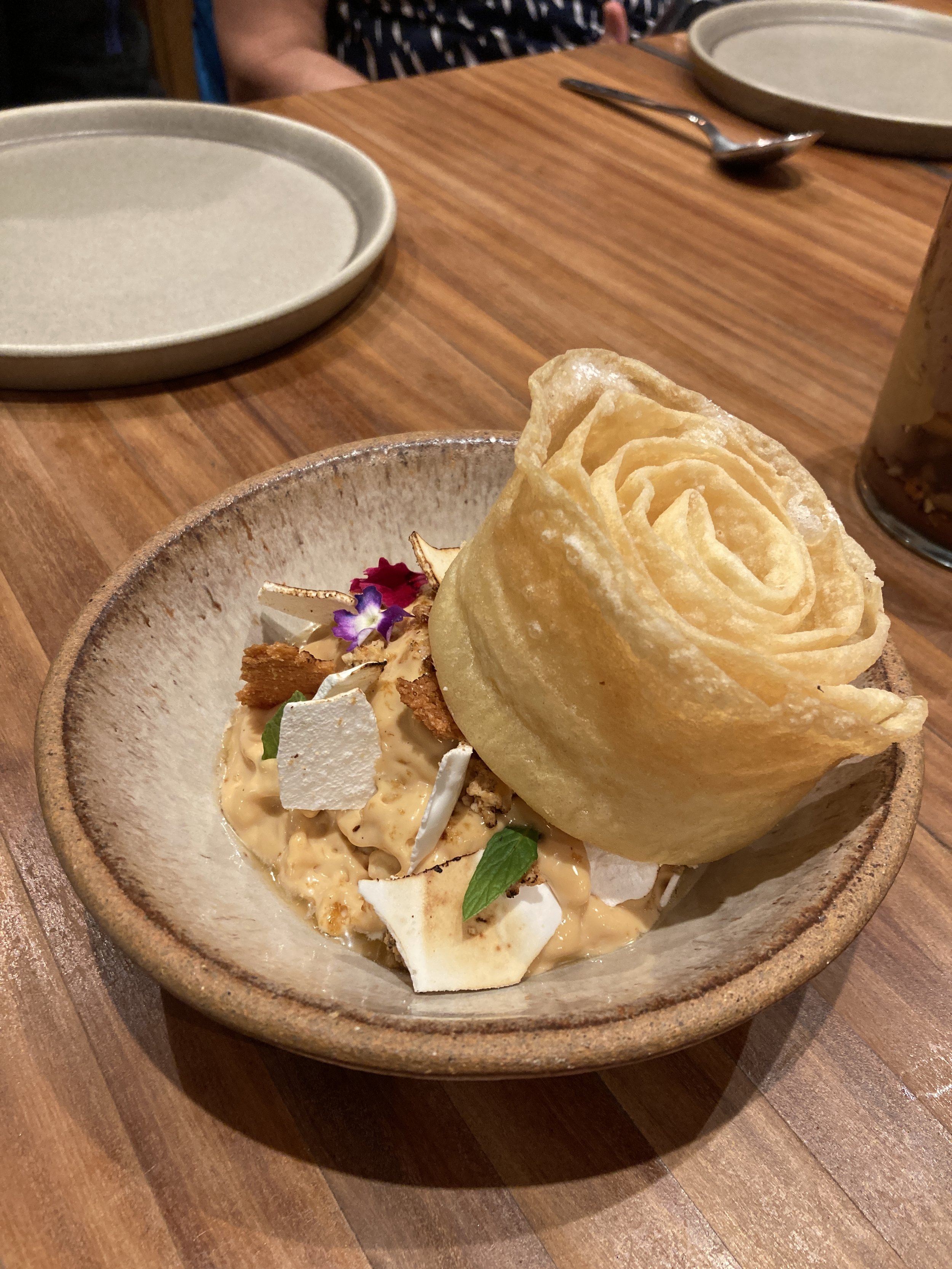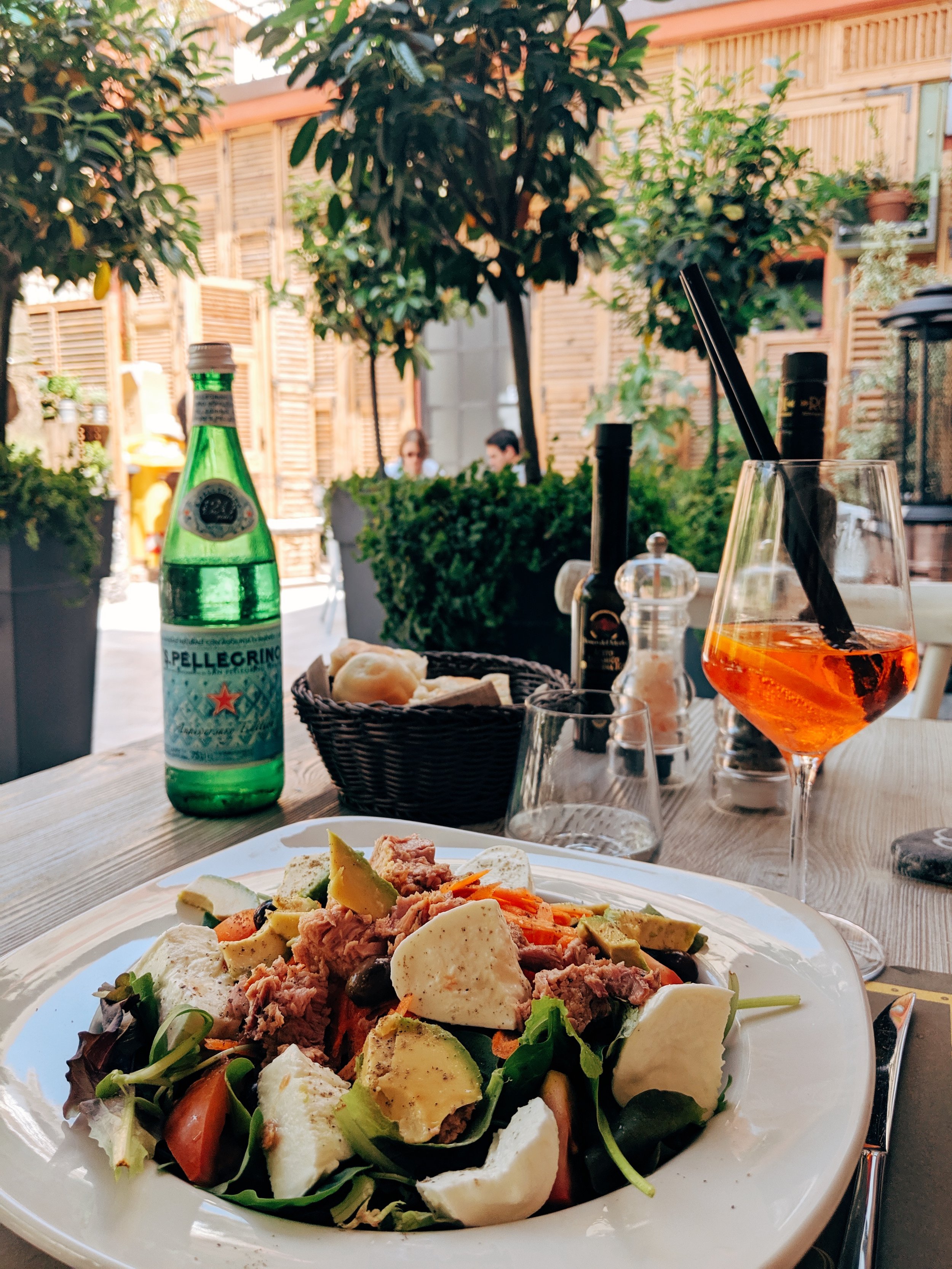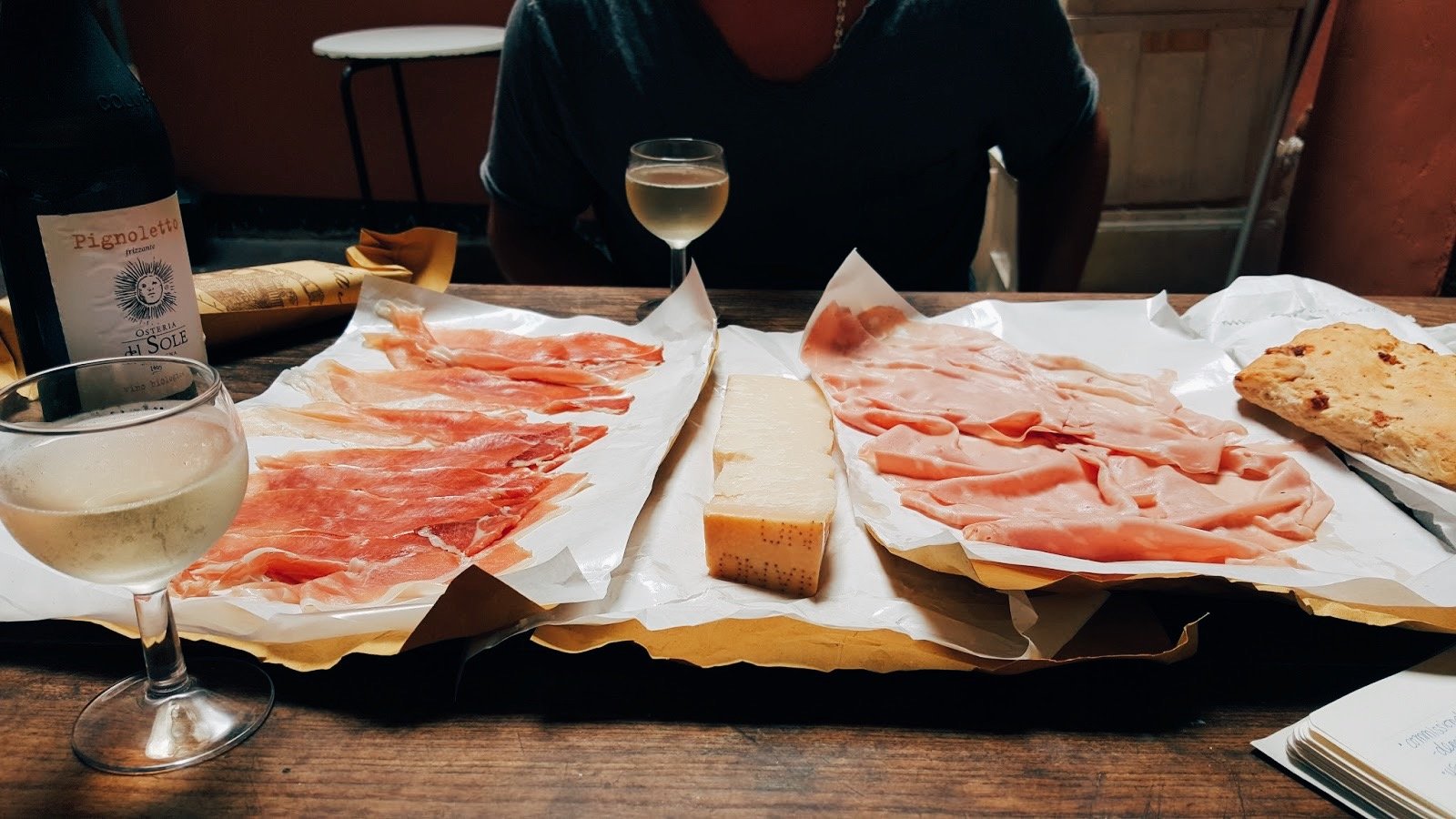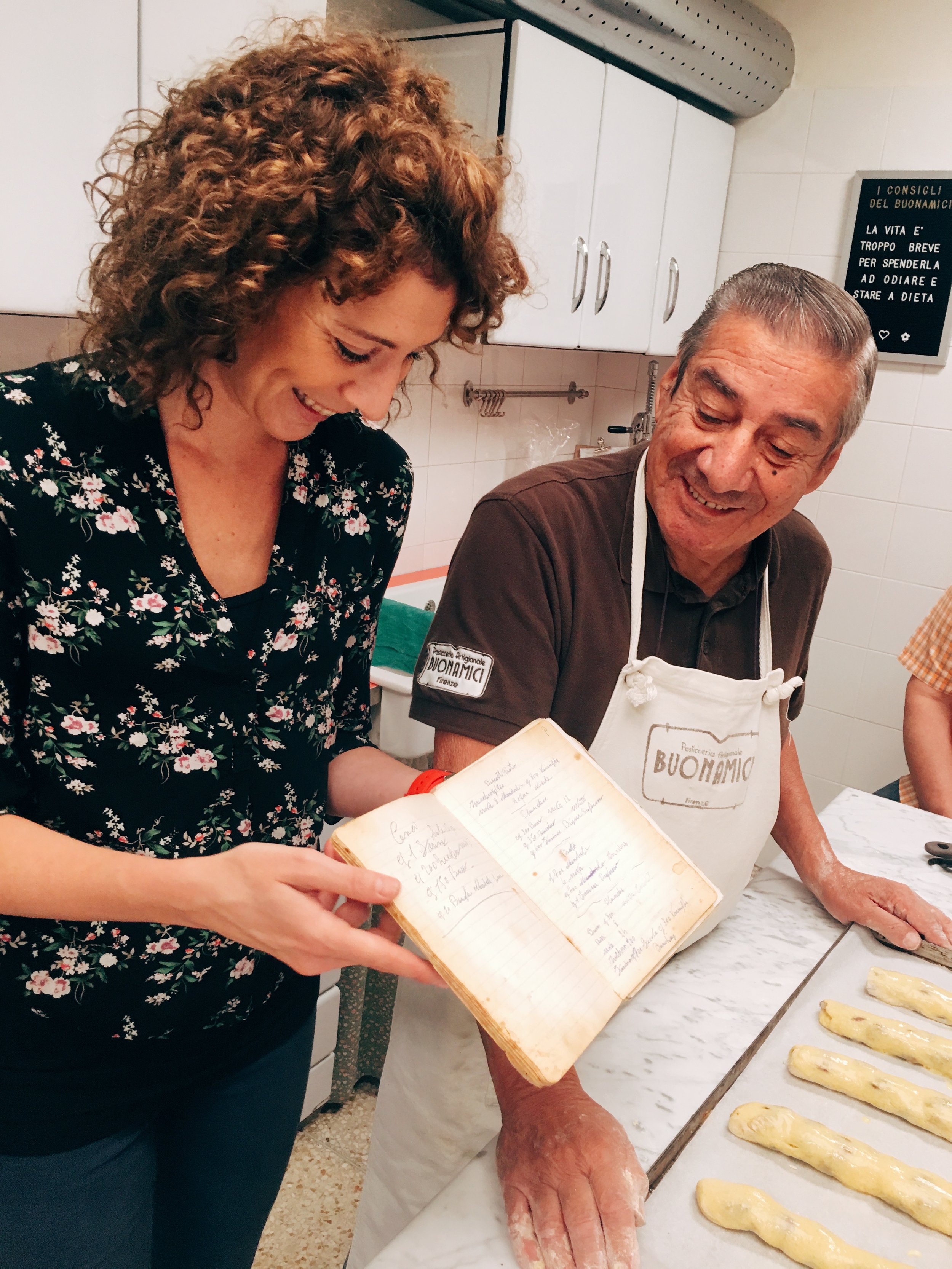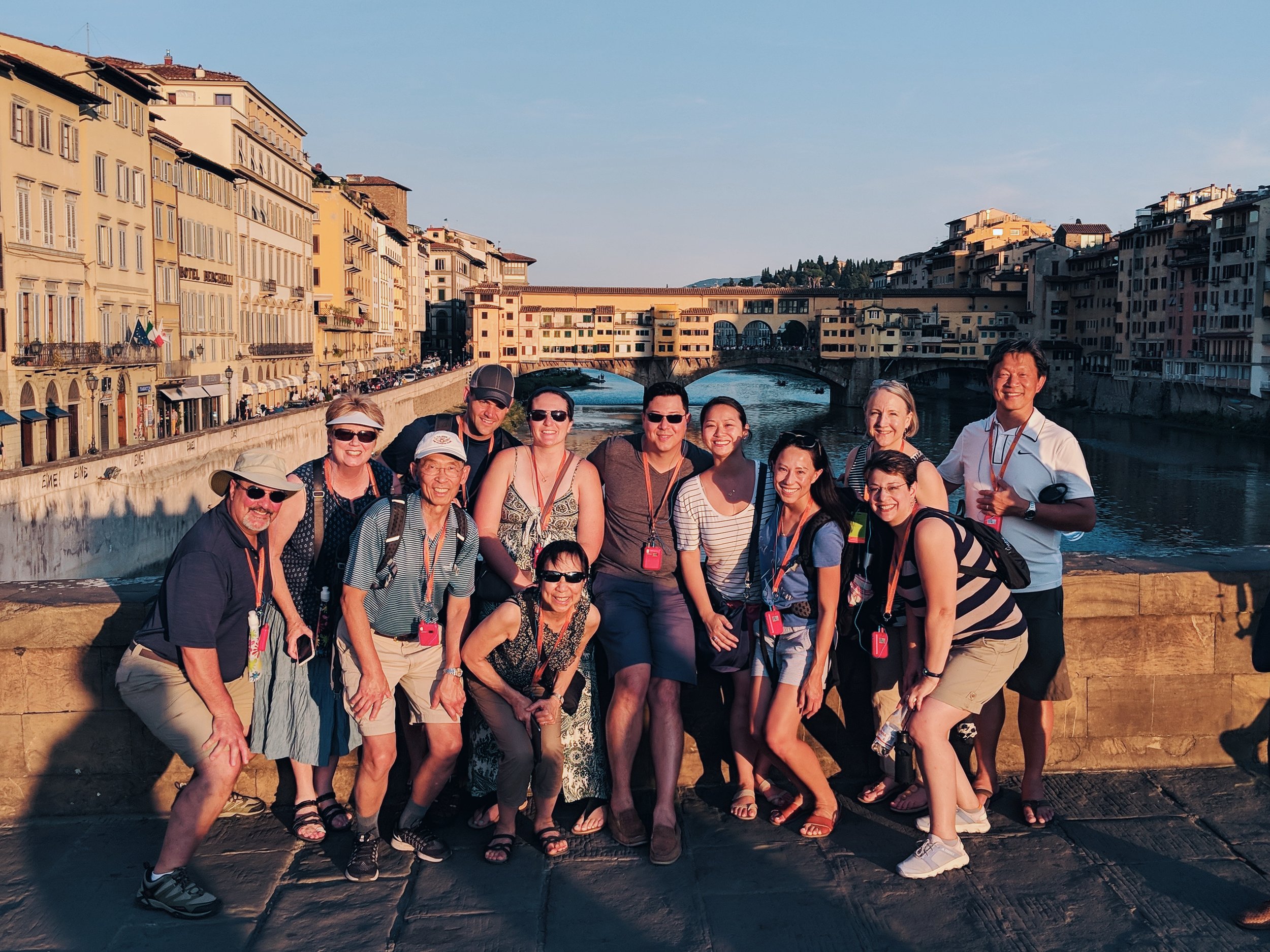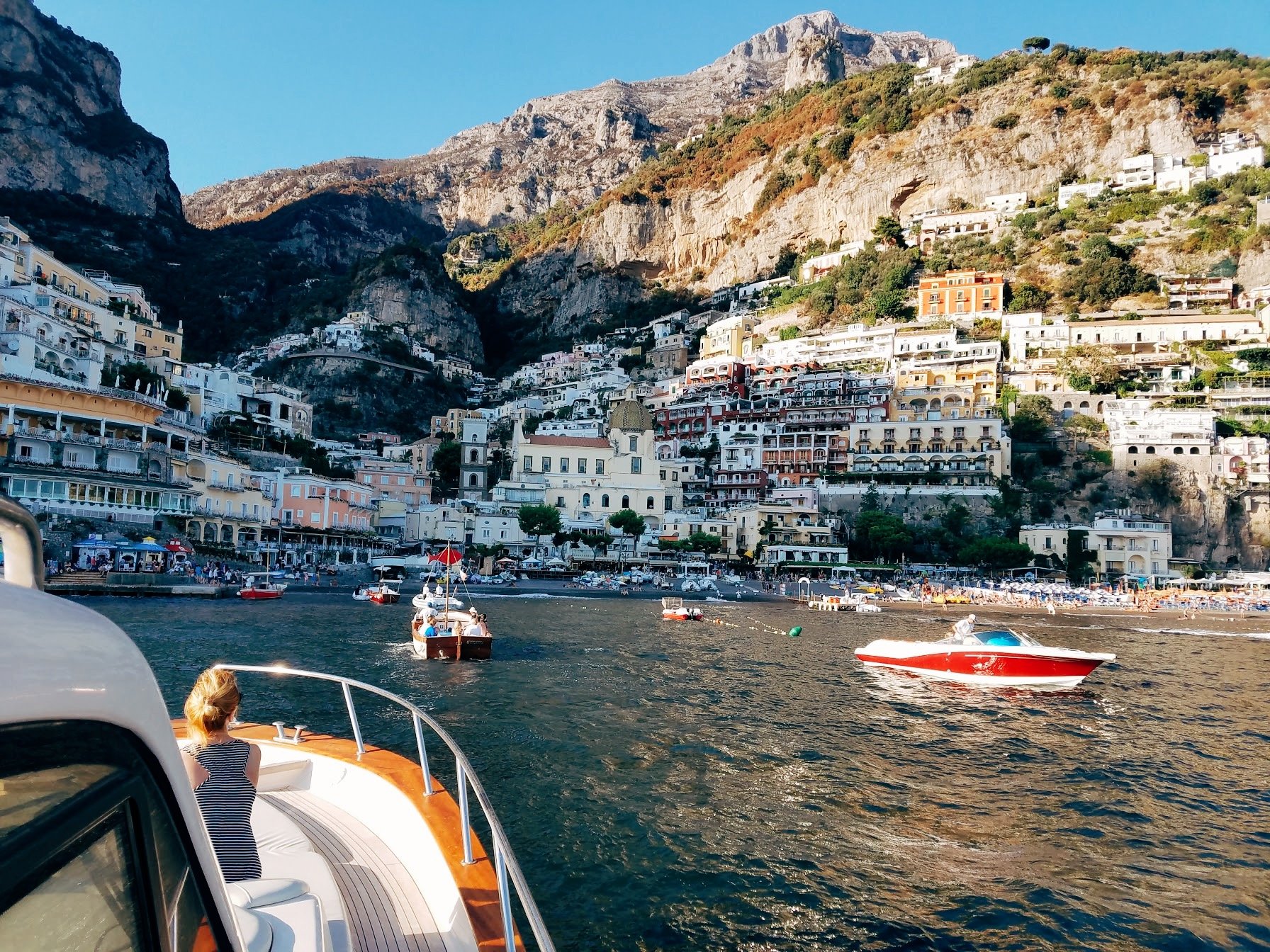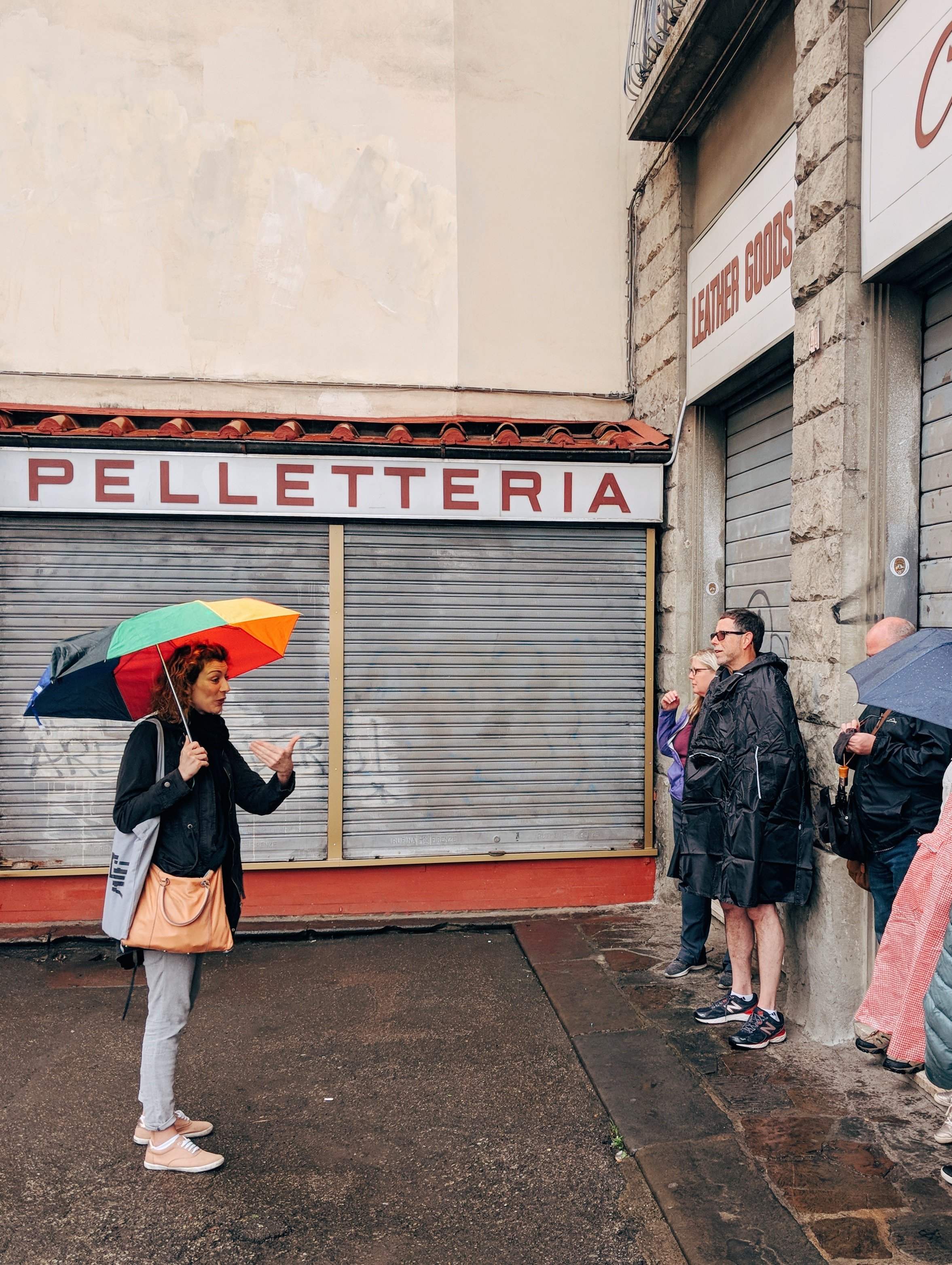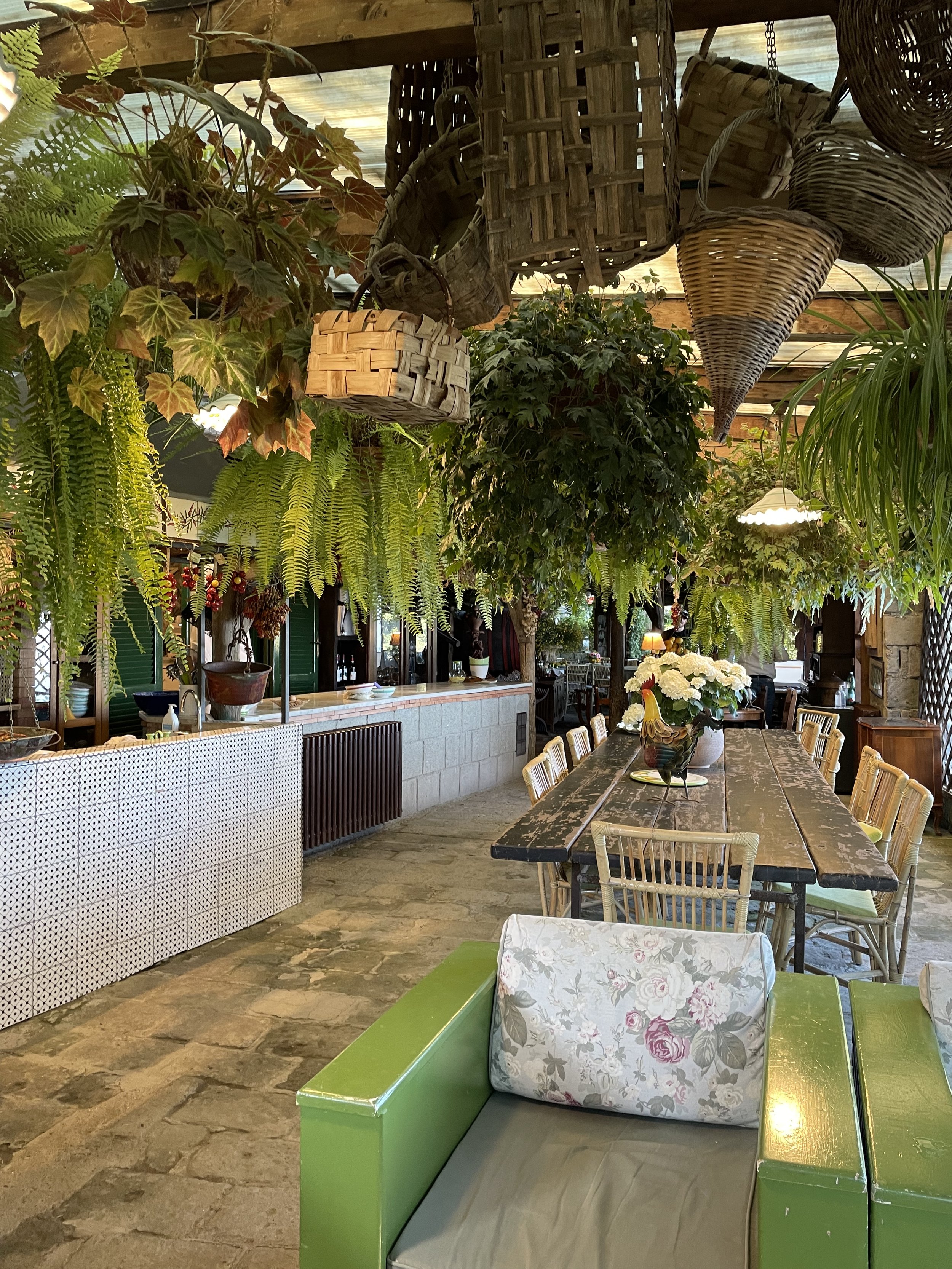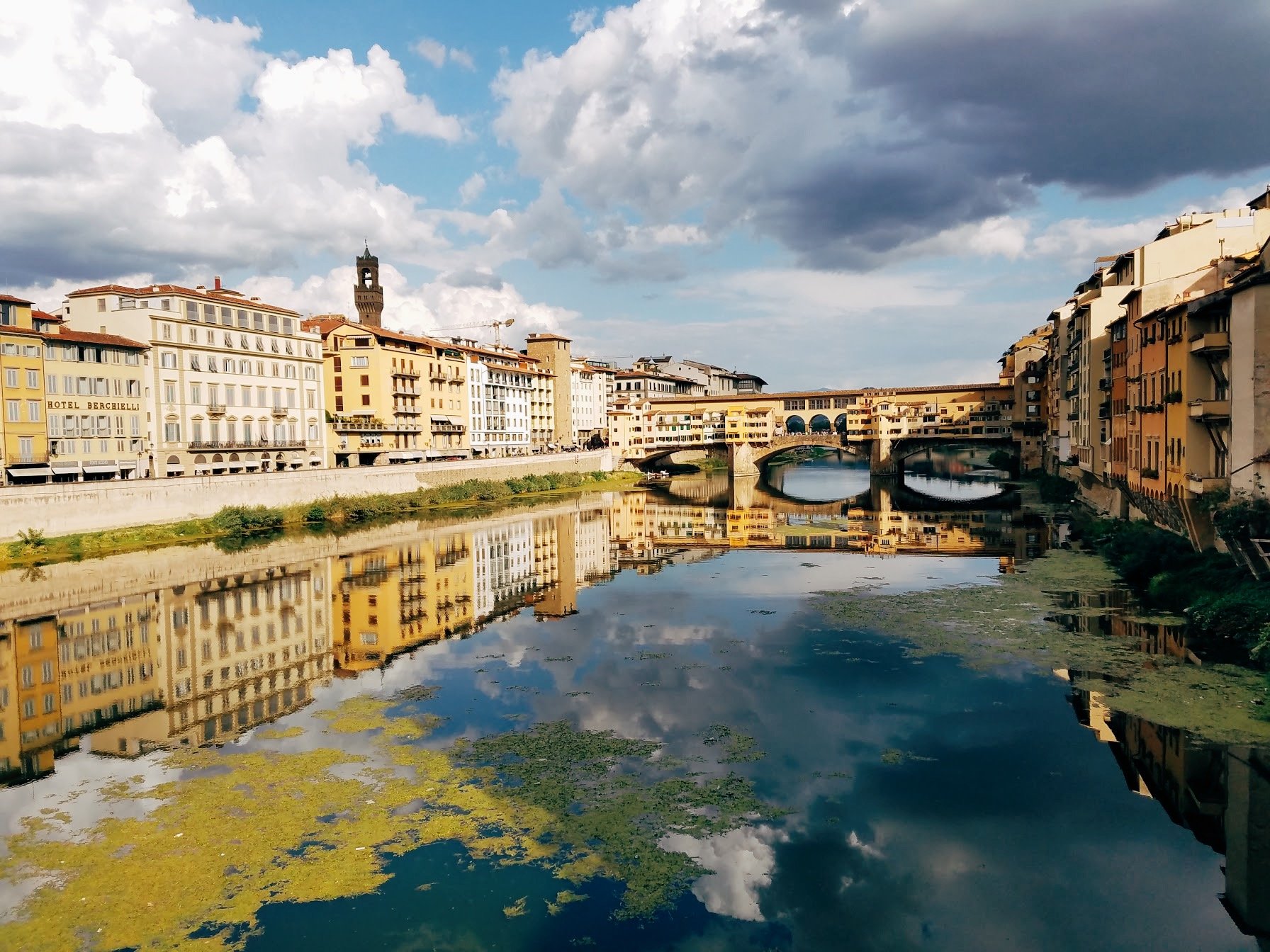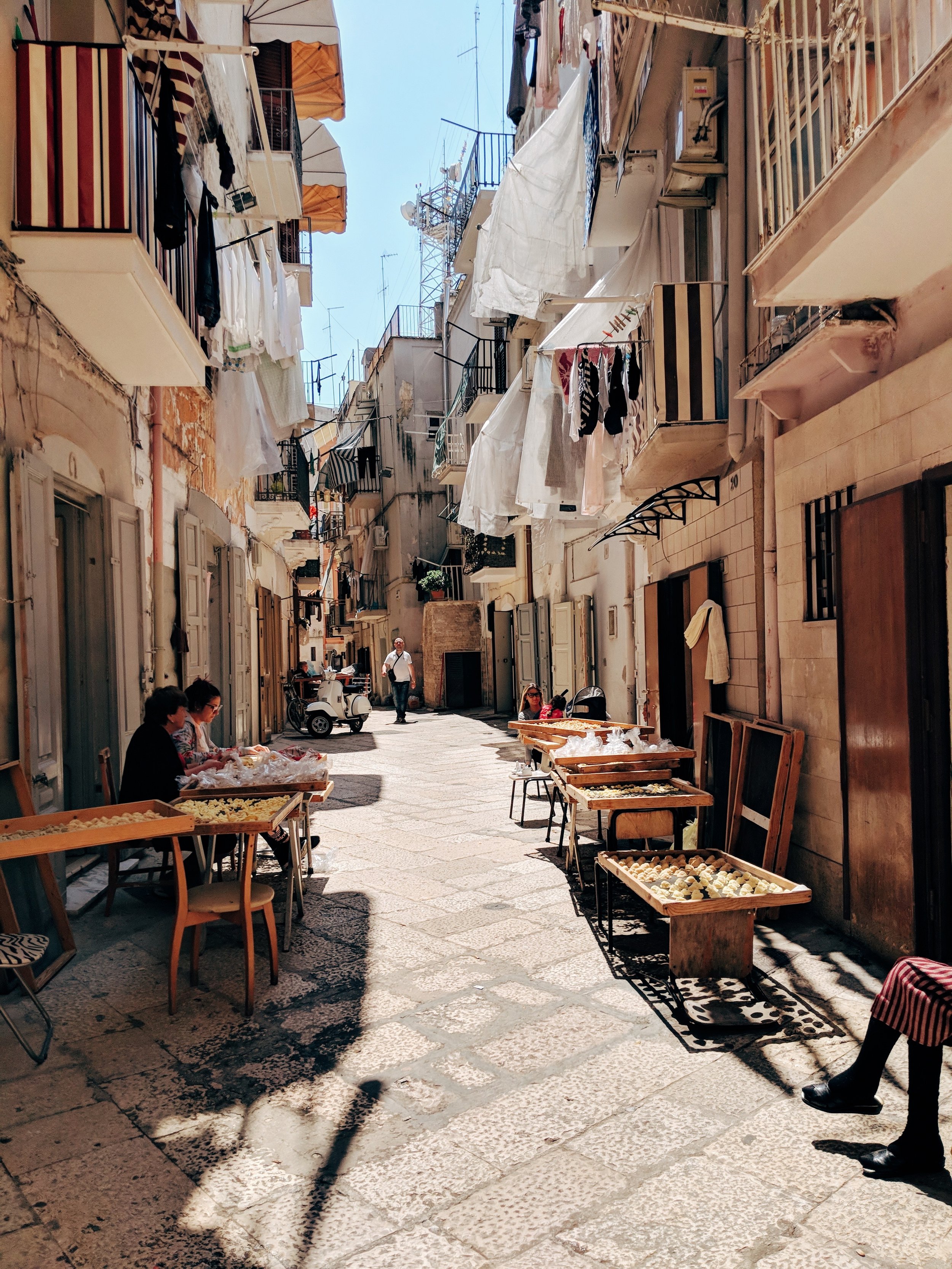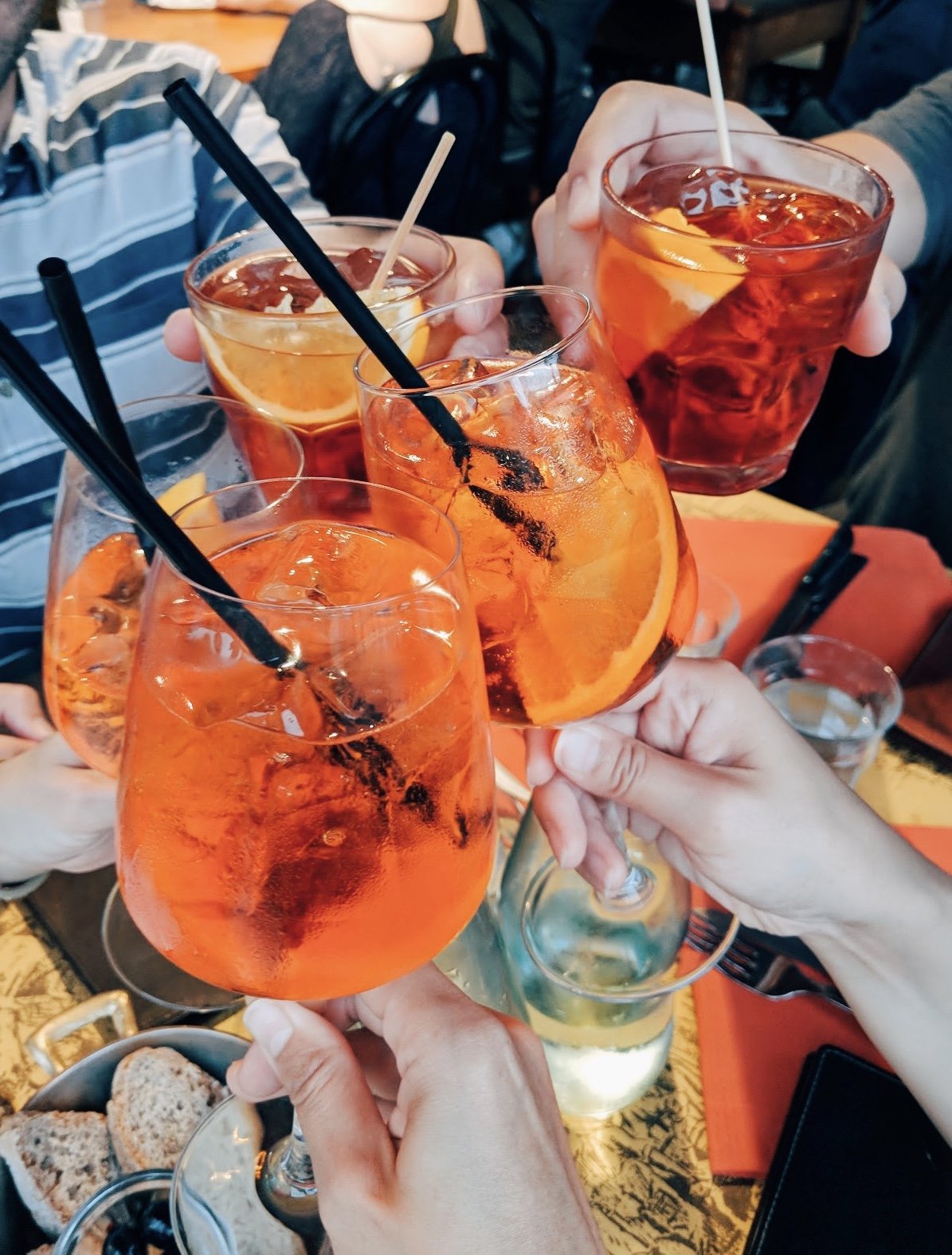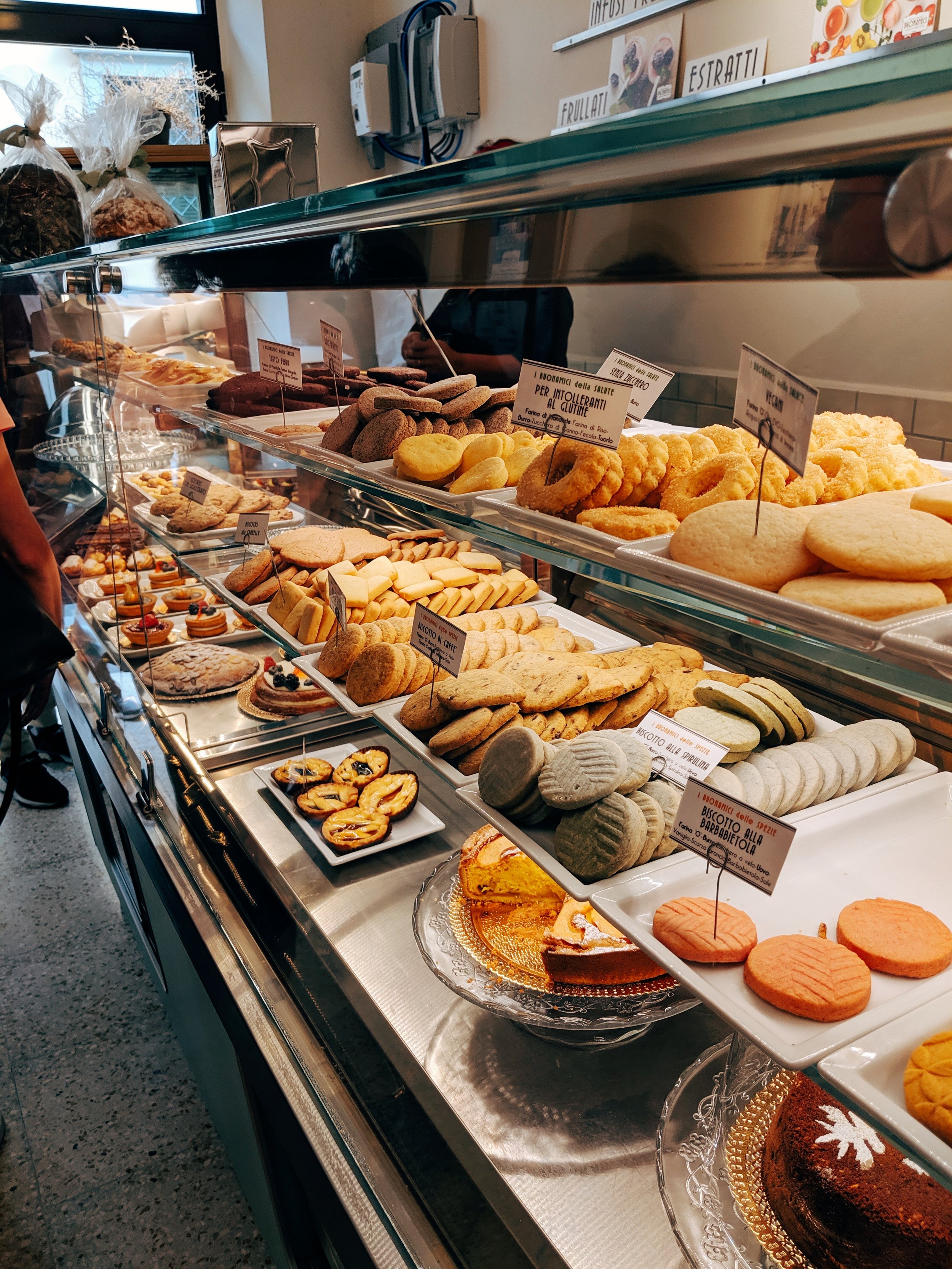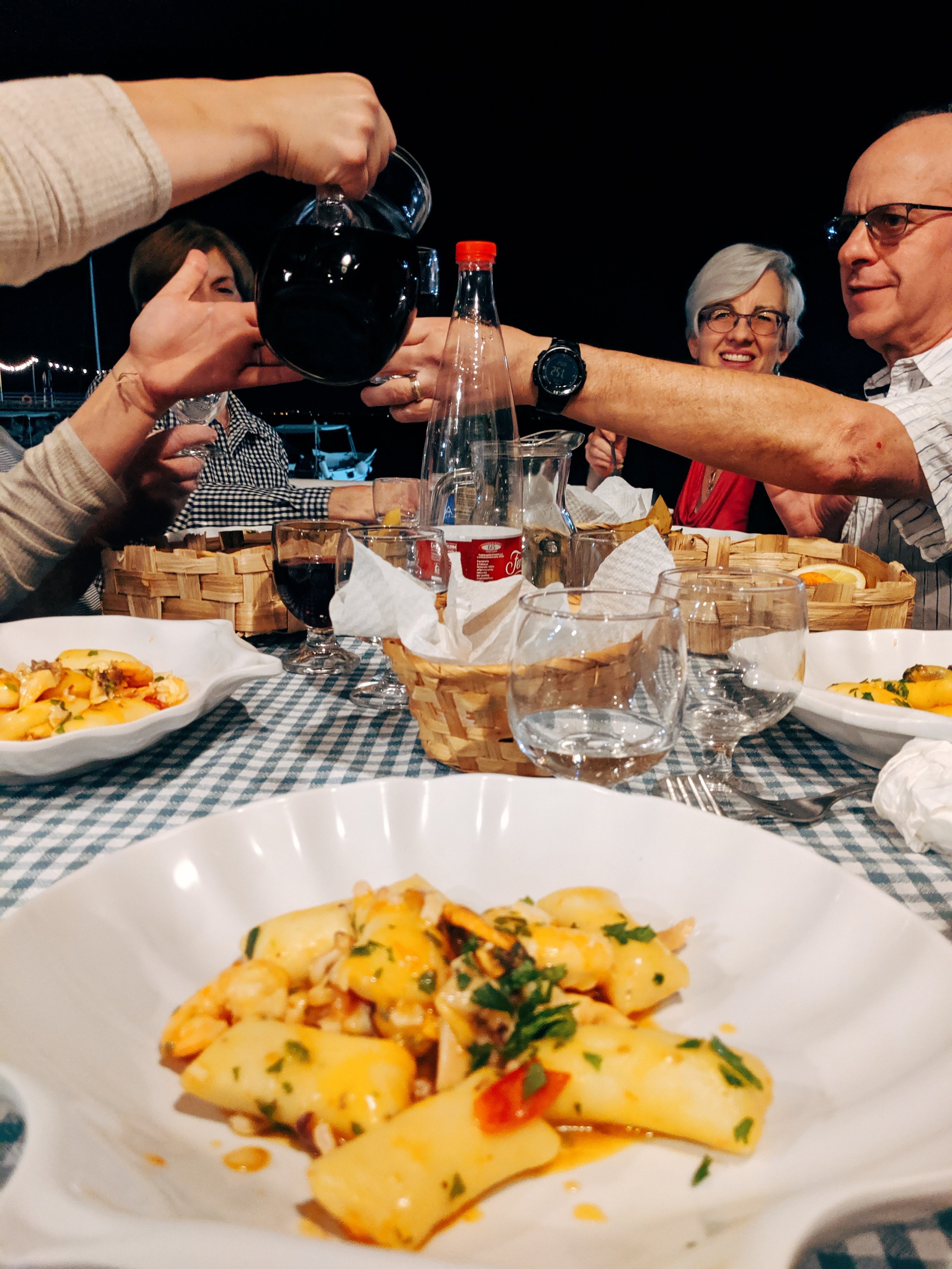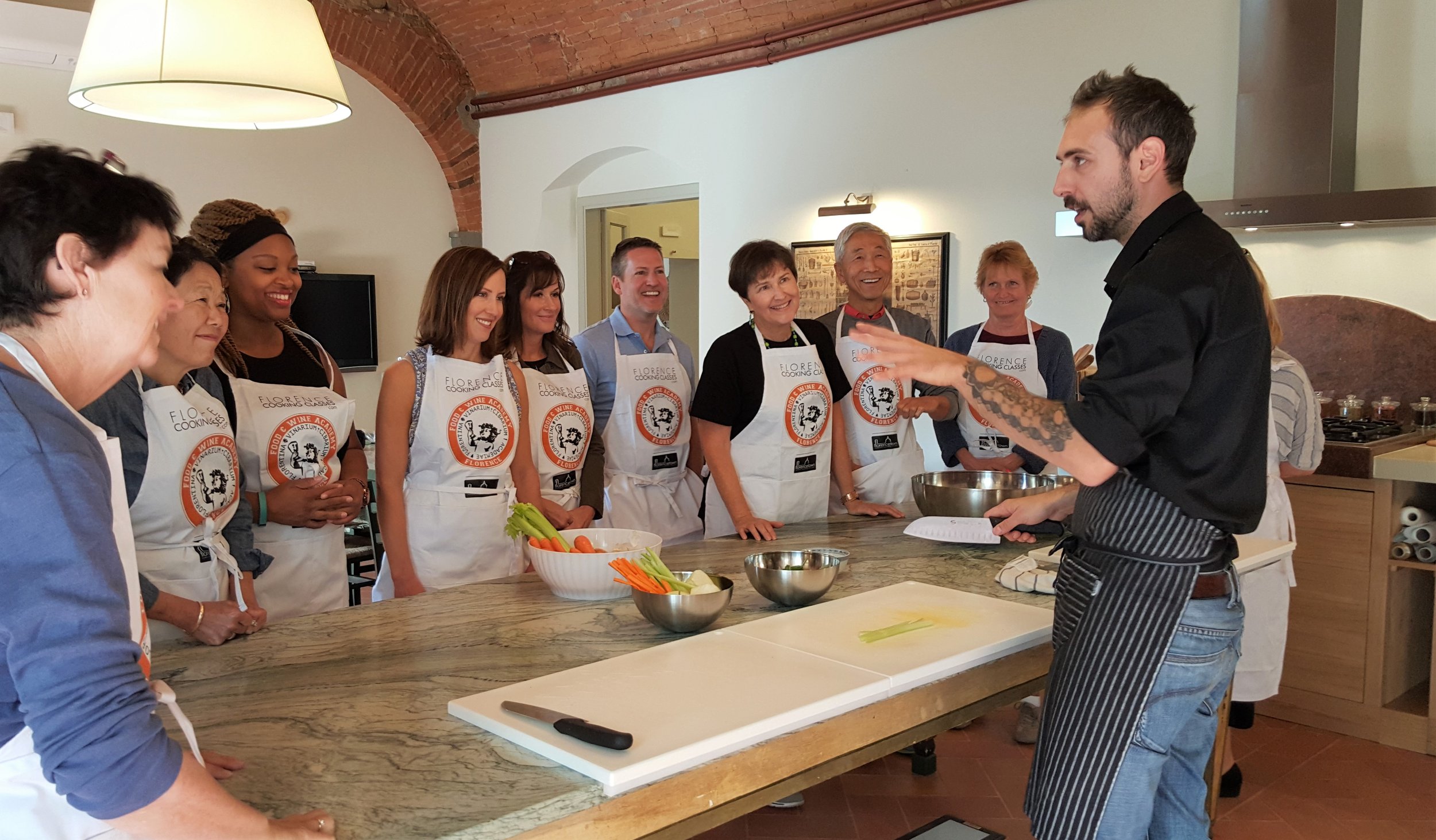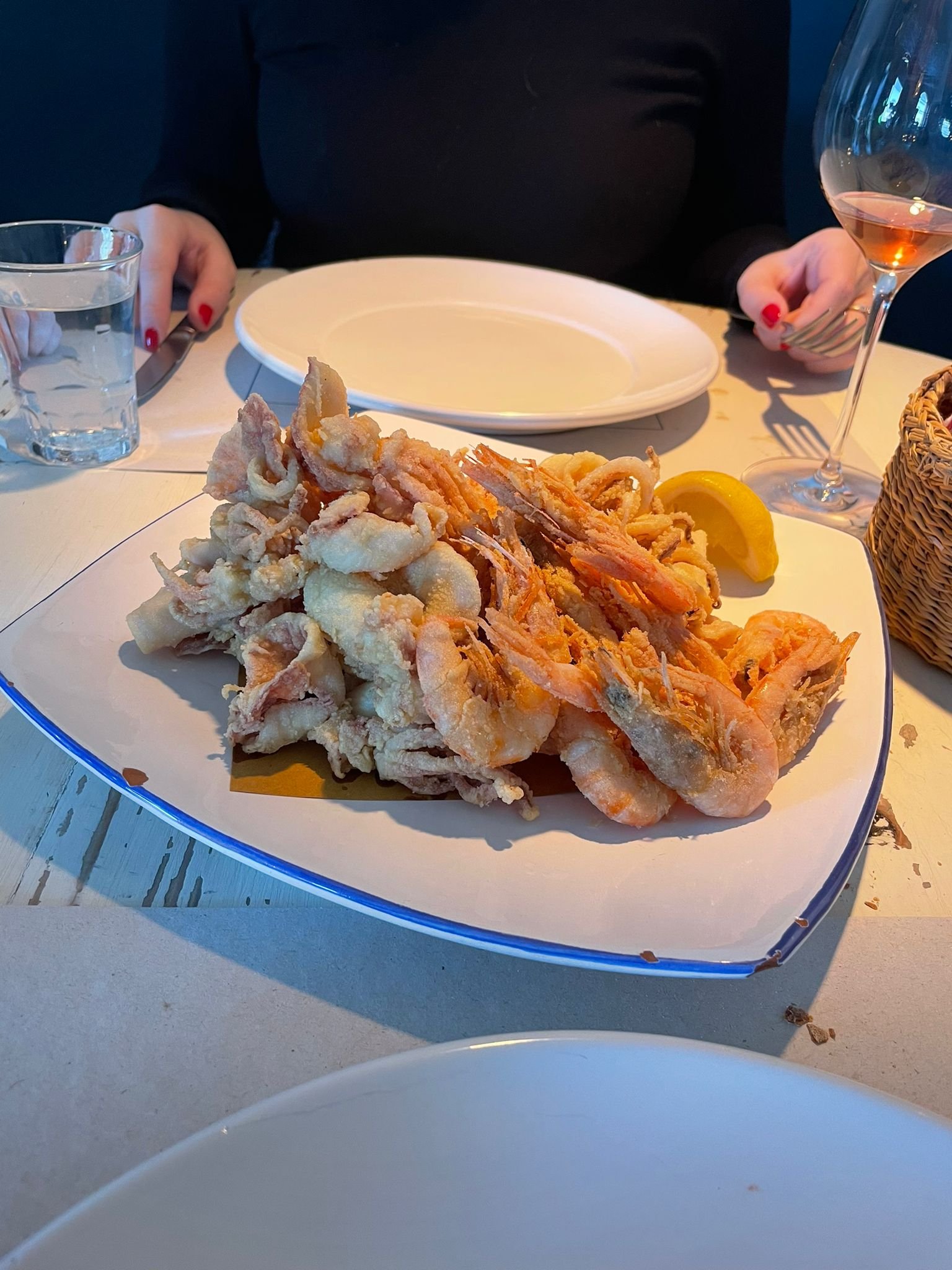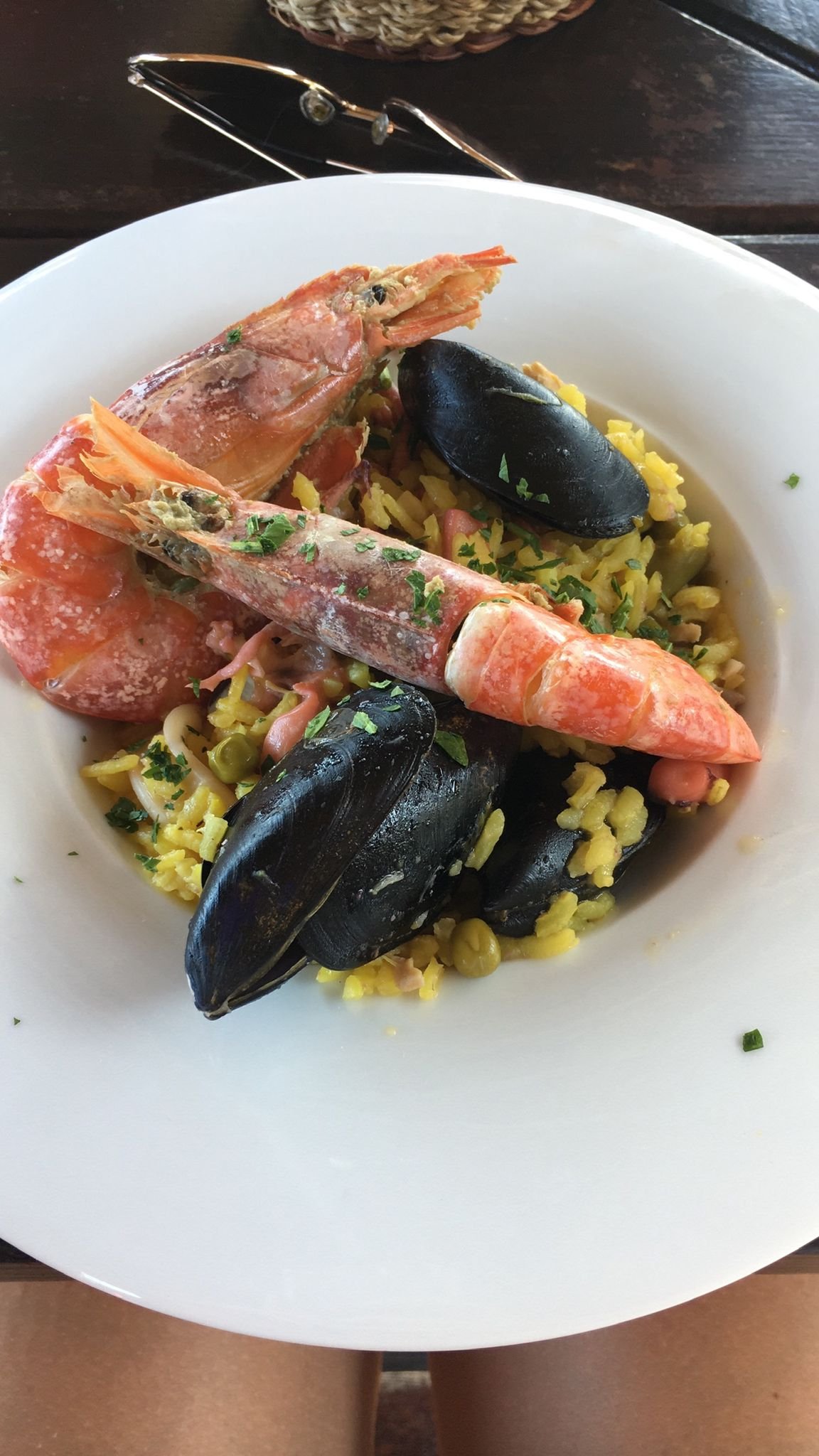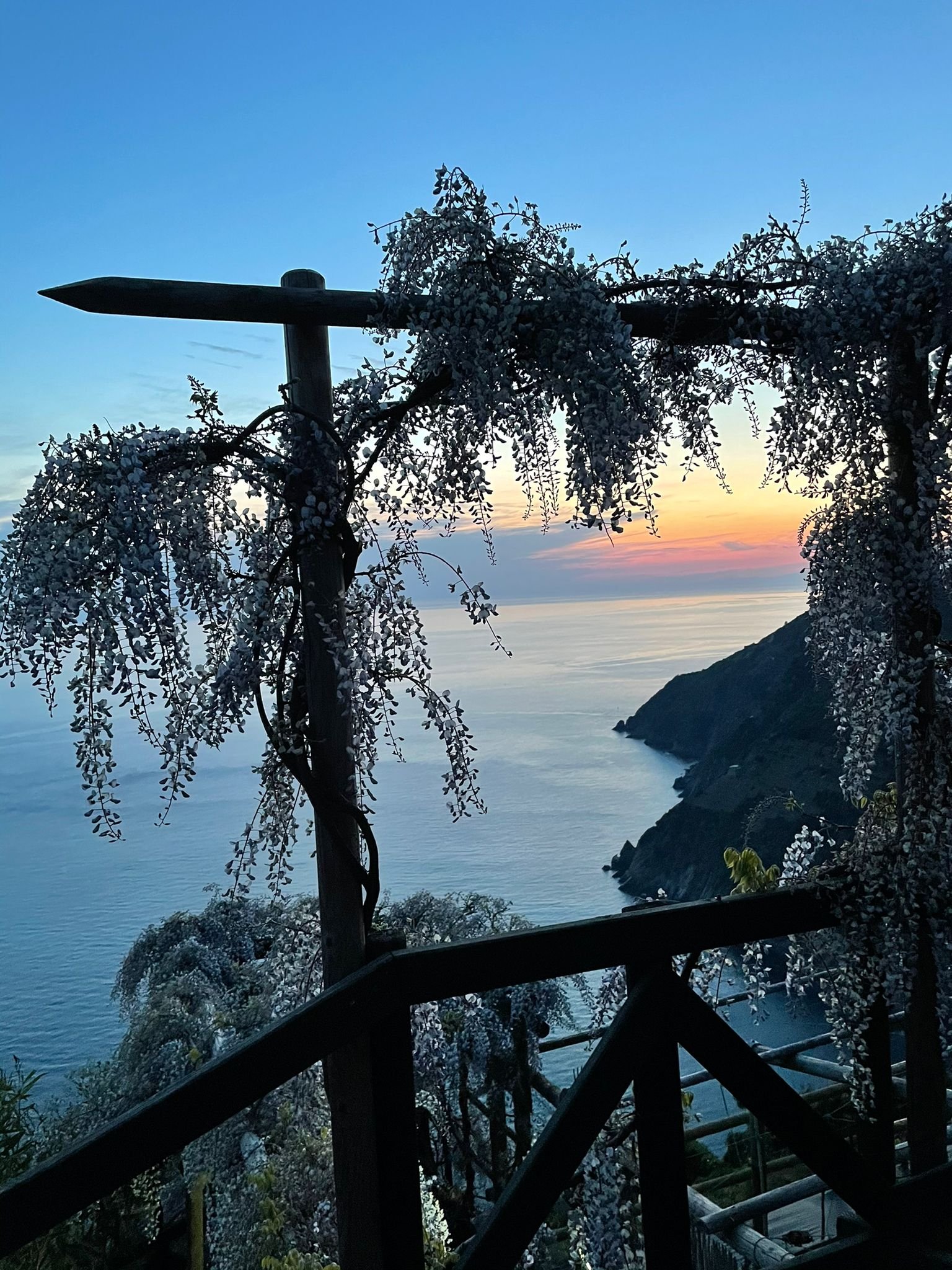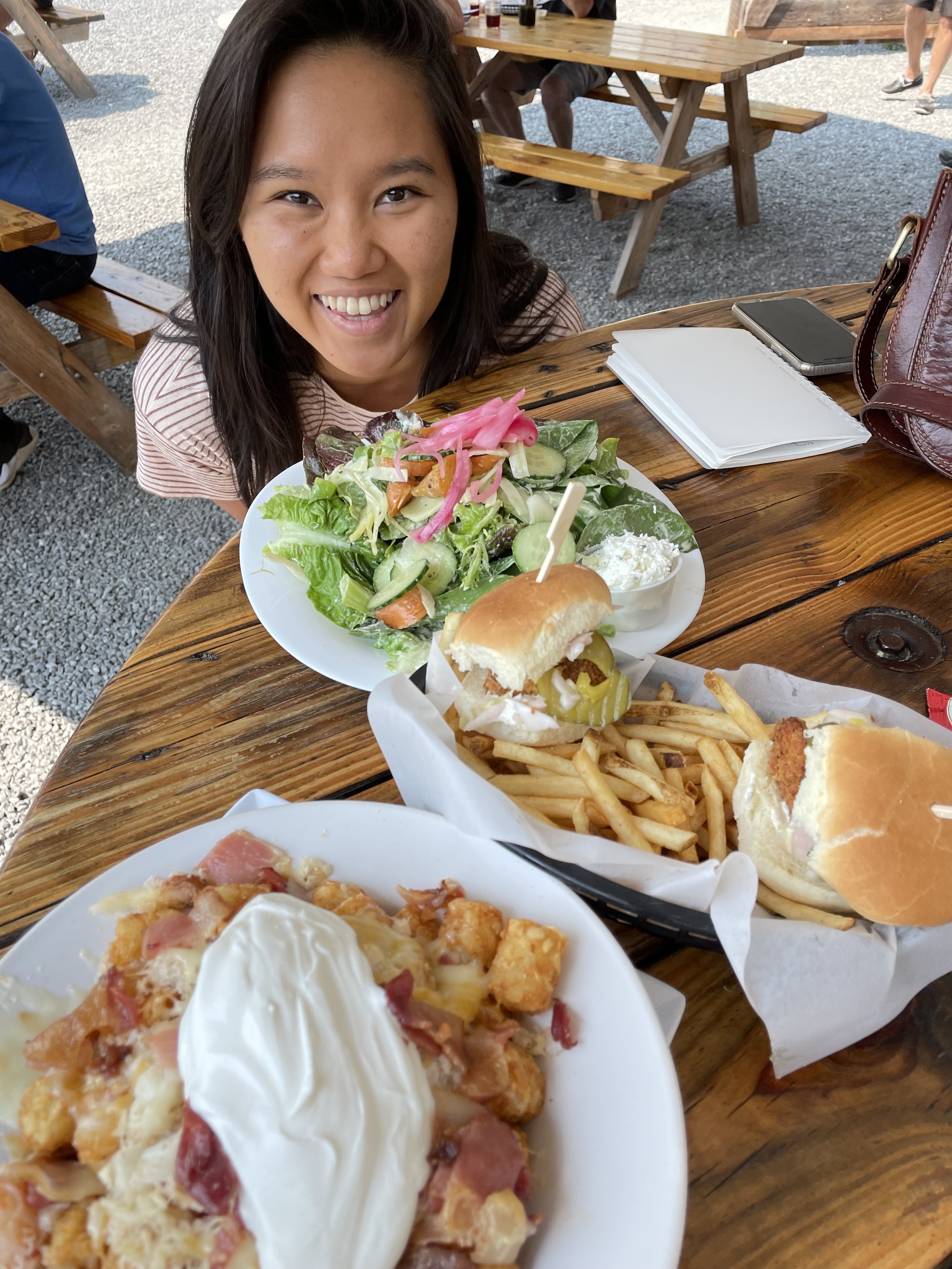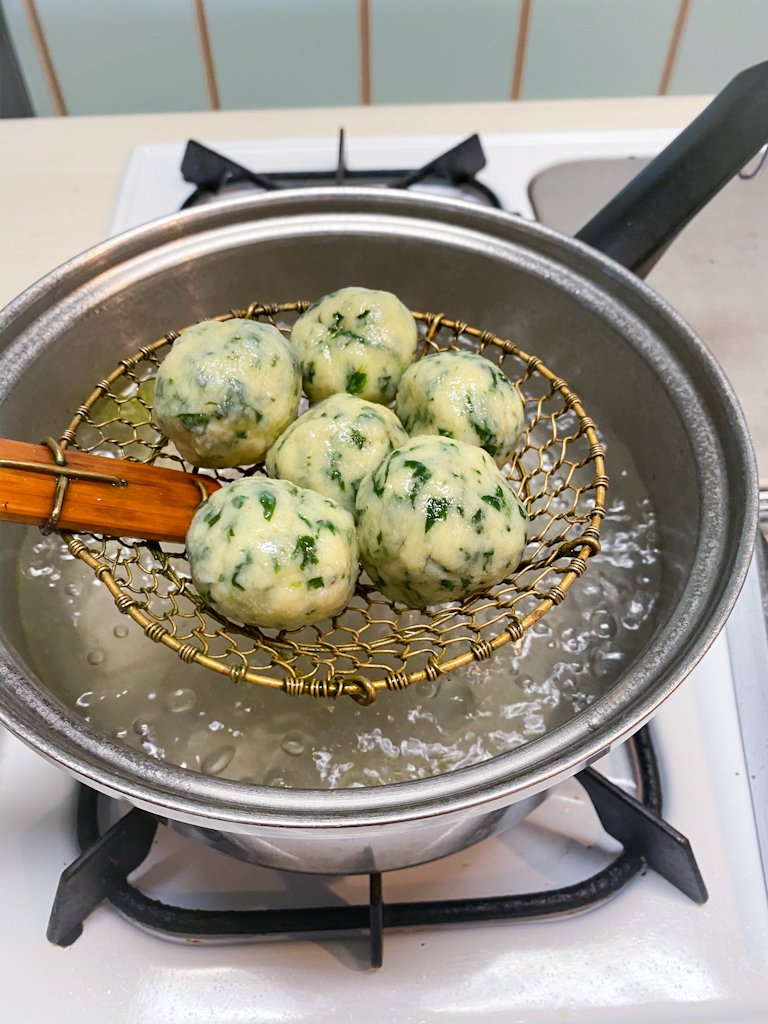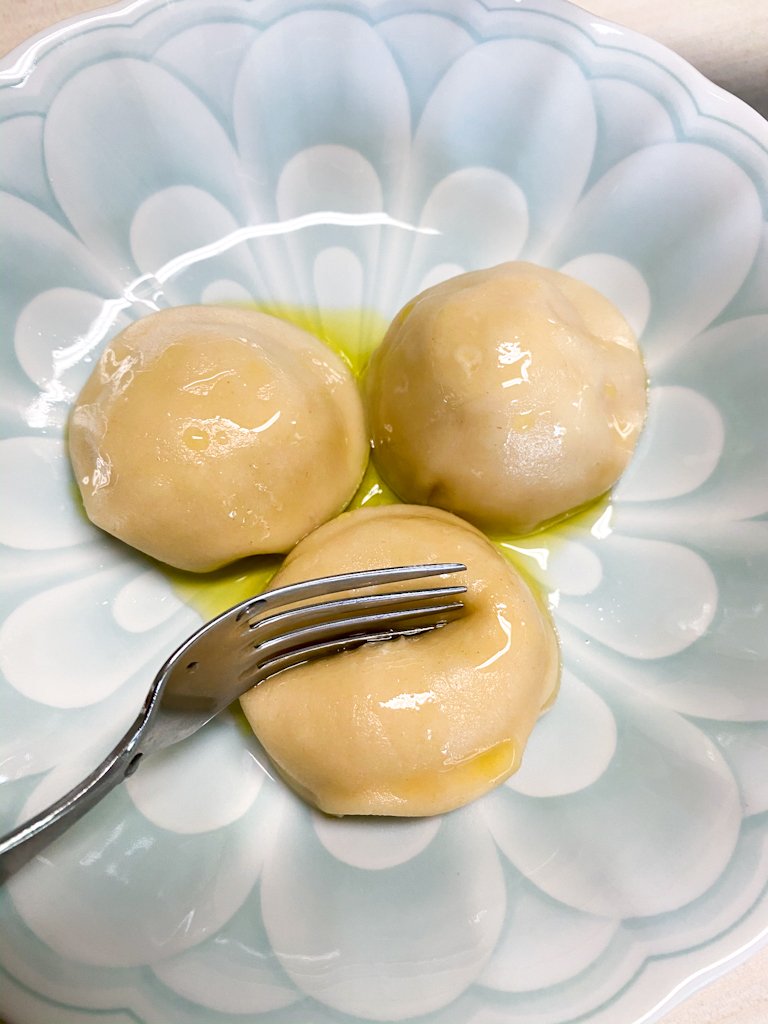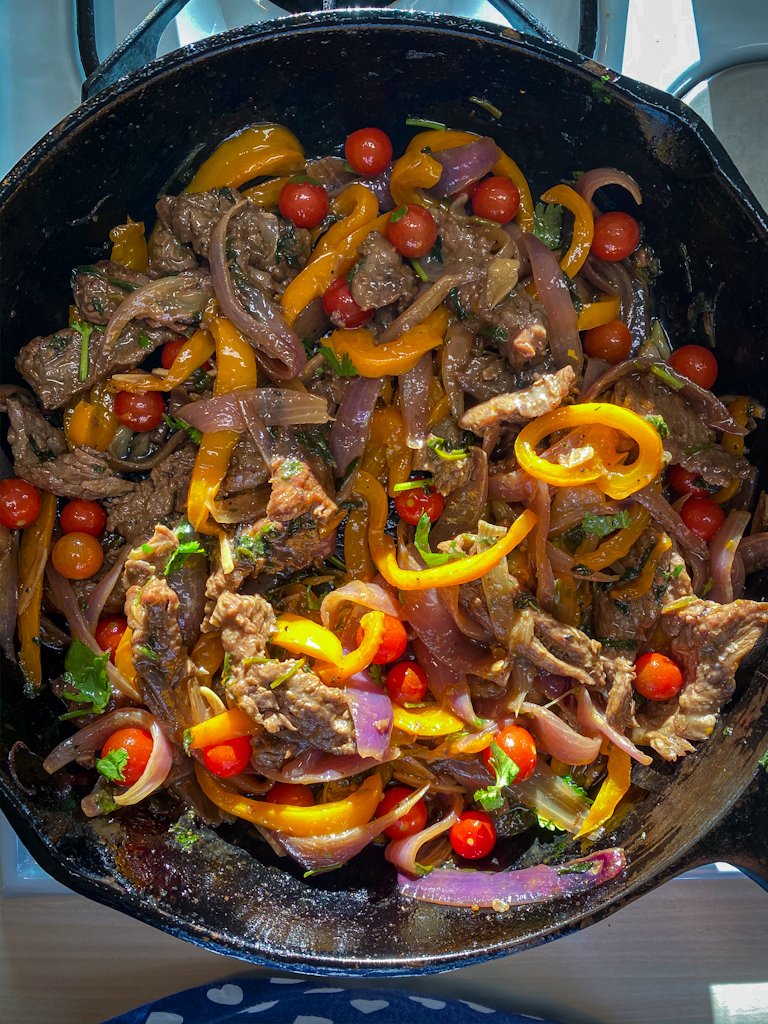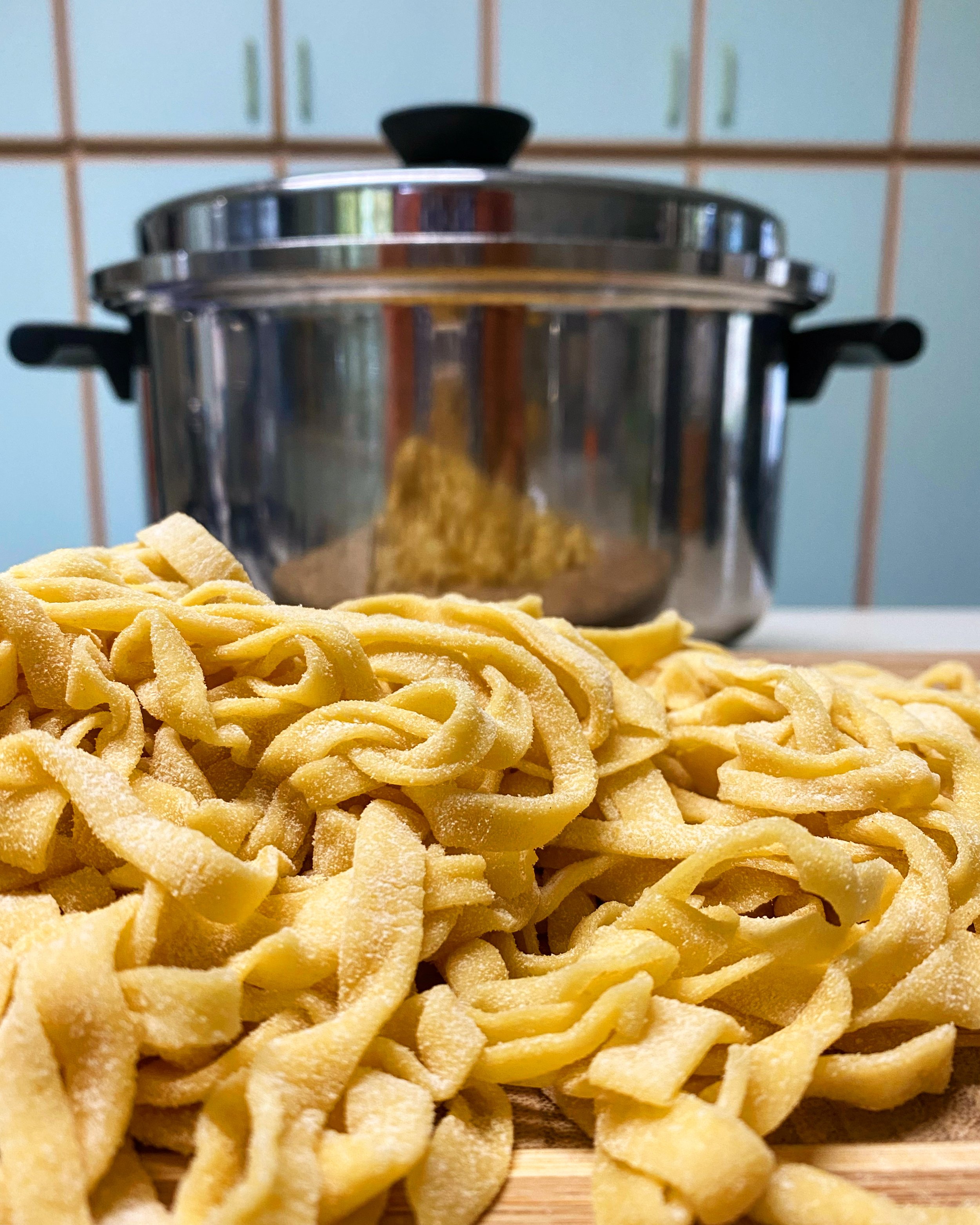3 Favorite Crossbody Bags for Effortless Travel
/Settle this debate: If you wear a fanny pack as a crossbody bag, is it still a fanny pack?
Either way, it doesn’t change our opinion that we love fanny packs for effortless travel, whether worn around your waist or slung over your shoulder.
We’ve dabbled with some other bag options from time to time, but we’ve always come back to fanny packs.
We love that they don’t get in the way and that they’re just small enough that they’re often overlooked as a personal item while getting on a plane. Most of the time, we can get away with wearing it onto the plane along with our backpack and carry-on suitcase. That’s a win-win.
We love that they’re hands-free. Sling it over your shoulder or clip it around your waist and it basically disappears. It’s not slipping off your shoulder or weighing heavily on your back. This comes in handy when juggling lots of luggage.
We love that their super versatile. You can wear them anywhere and everywhere. Walks through the city, on a hike, out for dinner. They’re great for a trip that covers a wide variety of activities.
As the three fanny pack/crossbody bag users on the team, we’re sharing our tried-and-true bags.
Fjällräven High Coast Hip Pack
“It’s for the minimalist. Small, lightweight, and not overloaded with pockets and zippers, AND you can fold it into itself to be even more compact. It’s versatile – I wear it as a crossbody when walking around the city or as a hip pack on a morning run and it stays put! My favorite feature is the small loop on either side of the pack, perfect for hanging my sunglasses or a water bottle. Plus, it comes in my favorite color.”
- Carly, Operations Manager
Kate Spade Chelsea Belt Bag Waist Fanny Pack
“Perfect size to carry essentials while traveling. I put my chapstick & hand sanitizer in the front pouch. In the main pouch, I put a small wallet, passport, travel size hand lotion, sunglasses, mask, cell phone, tide pen, and writing pen. It’s easy to throw in a tote bag or backpack if I’m carrying something large or a carry-on for the plane, but it also means I have my essentials & valuables right in front of me when I’m just going out for a quick coffee walk, etc.”
- Annie, Founder & CEO
Baggu - Fanny Pack
“This is the bag I use daily, and it’s also the bag I immediately grab while packing for a trip. I like that it’s big enough to fit a water bottle in it if I need to, but still small enough that it doesn’t feel clunky or get in the way. The front zipper provides easy access to items I pull out a lot, like my phone or mask. There is an inside zipper in the bigger pocket that is perfect for storing my passport. On top of that, it’s really durable and doesn’t stain easily.”
- Emme, Marketing Manager
If you love the idea of a fanny pack but are worried about needing extra space, the solution our team came up with is packing a canvas tote bag. These fold up really small so they don’t take up a lot of space in your suitcase, but they provide extra room to store things during the day if you need it.
You can find some cute canvas tote options in our brand new Etsy Store!
Travel with us around the world on one of our multi-day small group food tours. Check out our itineraries to Italy, Japan, Peru, and more! Join us as we visit tea farms in Japan, sip on limoncello in Italy, and savor ceviche in Peru.
If you’re traveling abroad and don’t know where to start or want to tap into our travel expertise to make the most of your trip, check out our customized travel coaching and optional booking service.
This page contains affiliate links. As an Amazon Associate, TTLT earns from qualifying purchases at no cost to you. Thank you for supporting our small business!
No matter where you travel, we always recommend purchasing travel protection to safeguard against sudden changes or cancellations. If you don’t already have a preferred vendor, you can check out ours - Travel Insured - who offers a “Cancel for Any Reason” policy.



































































